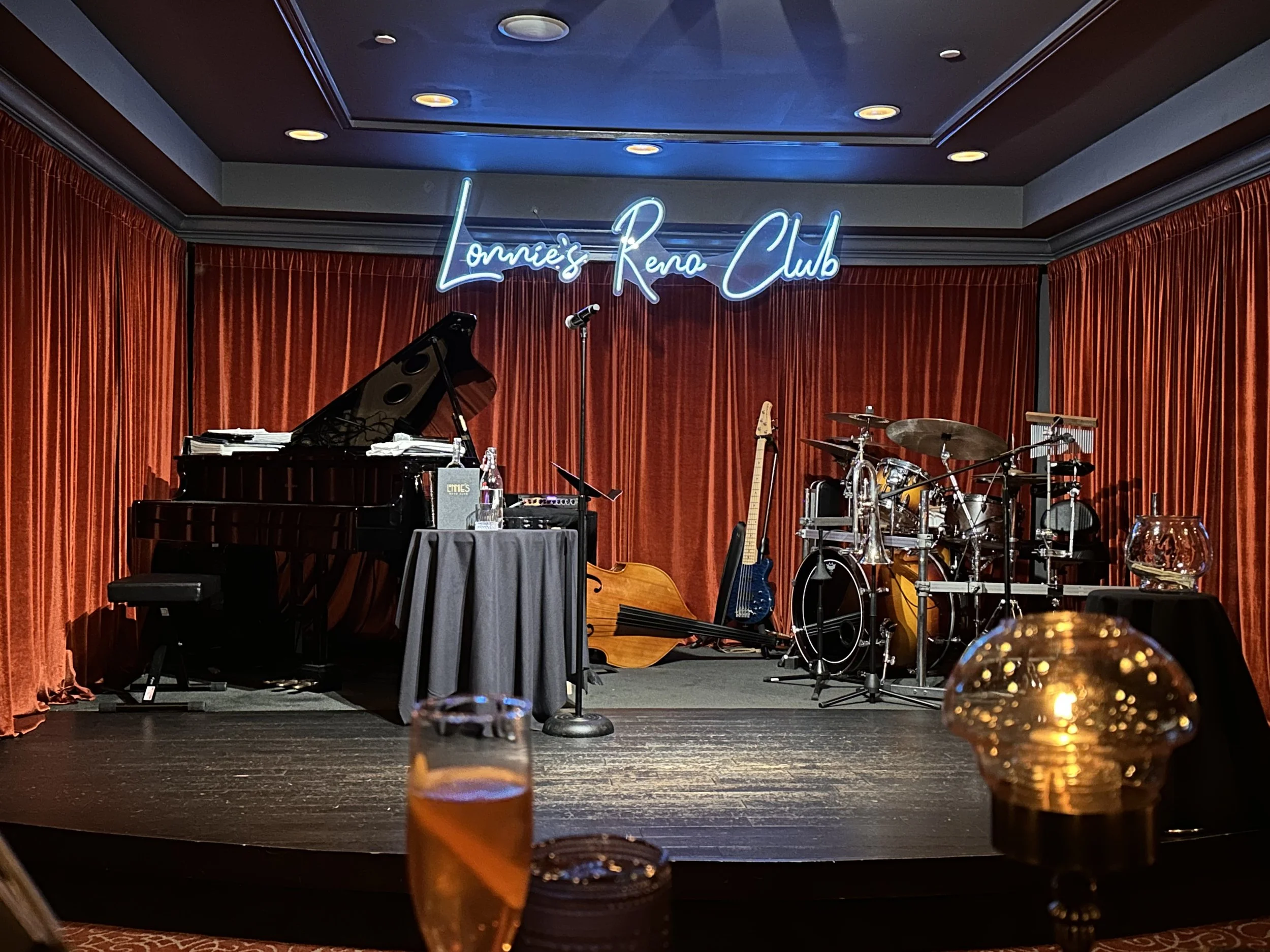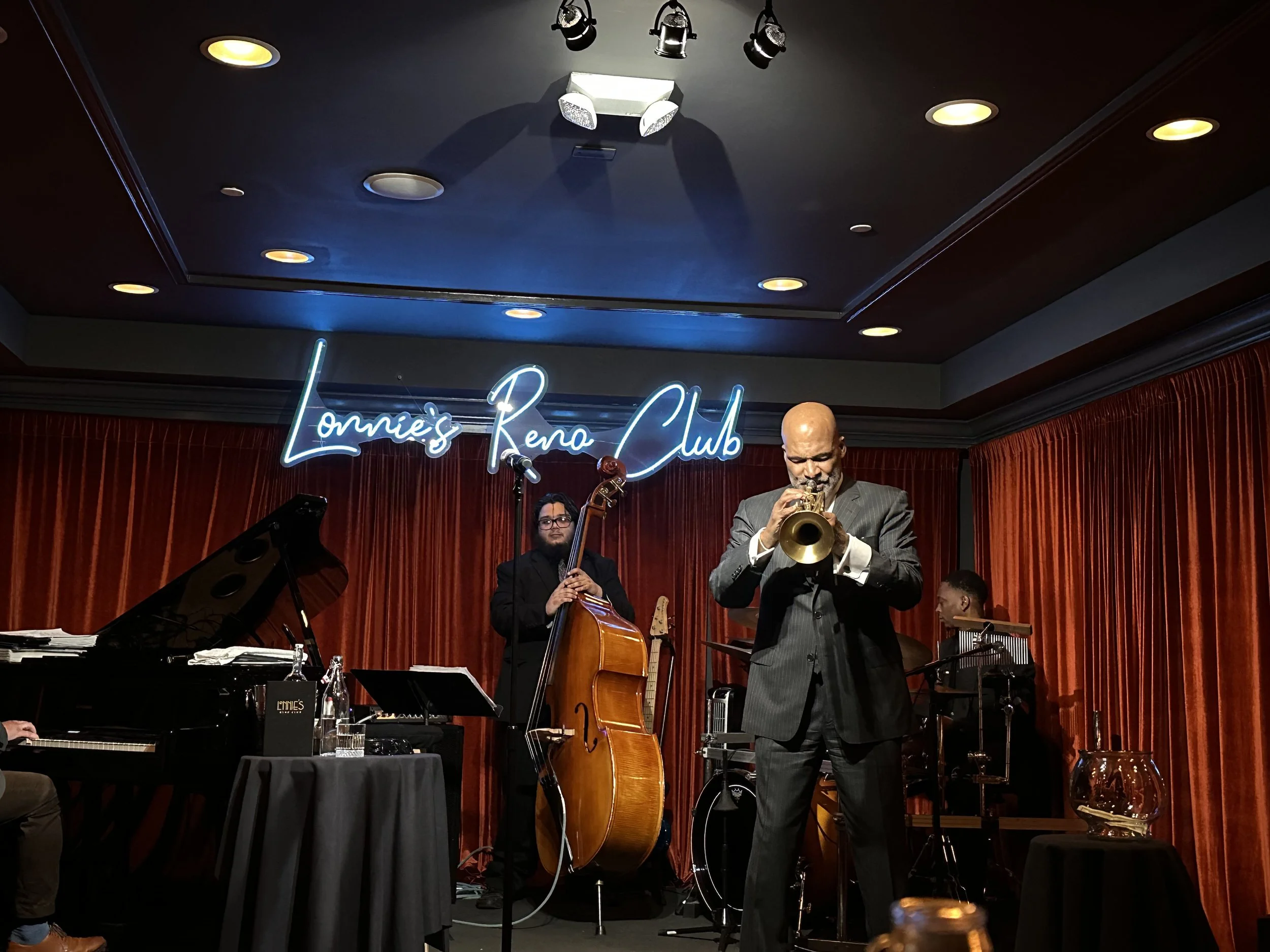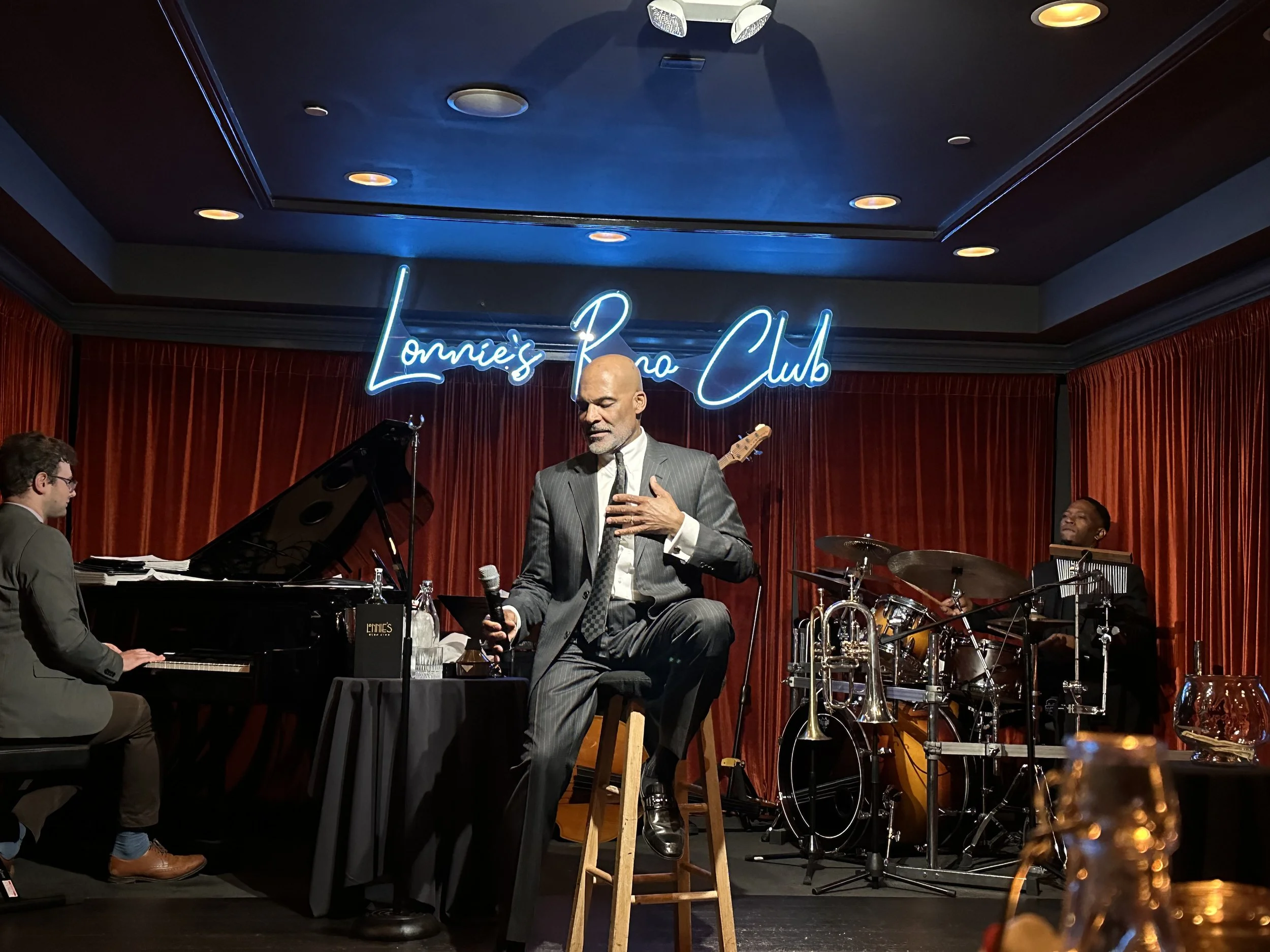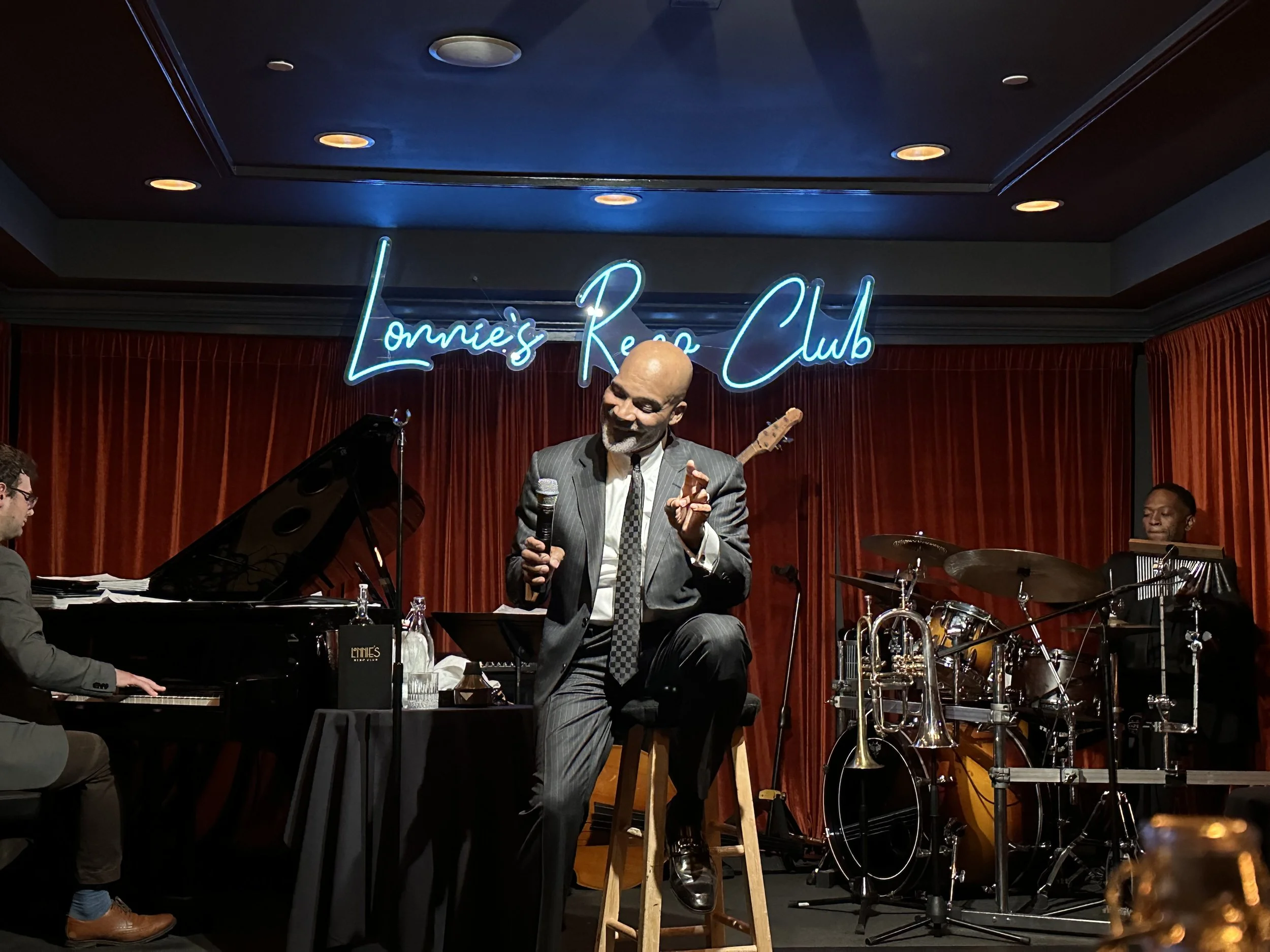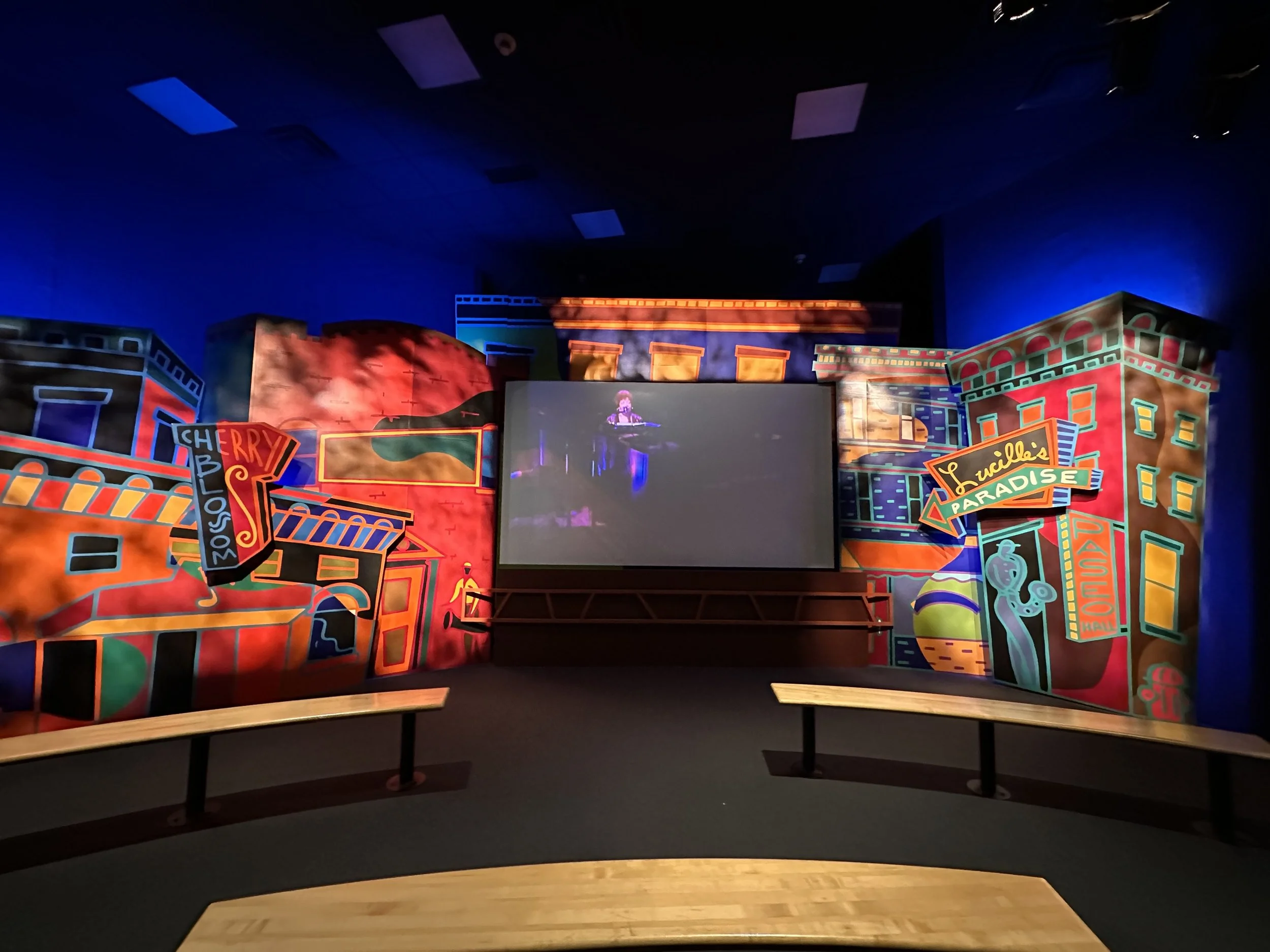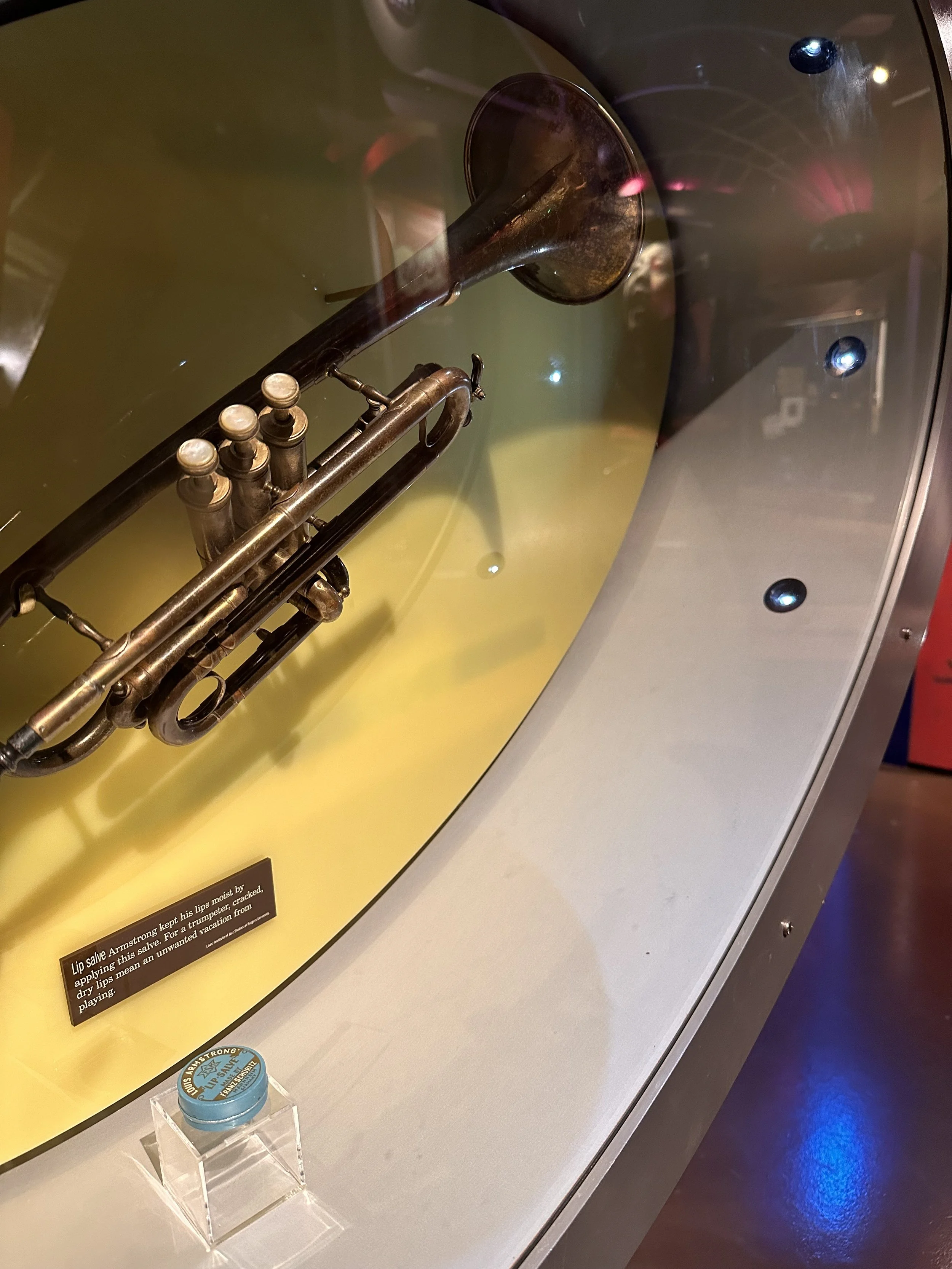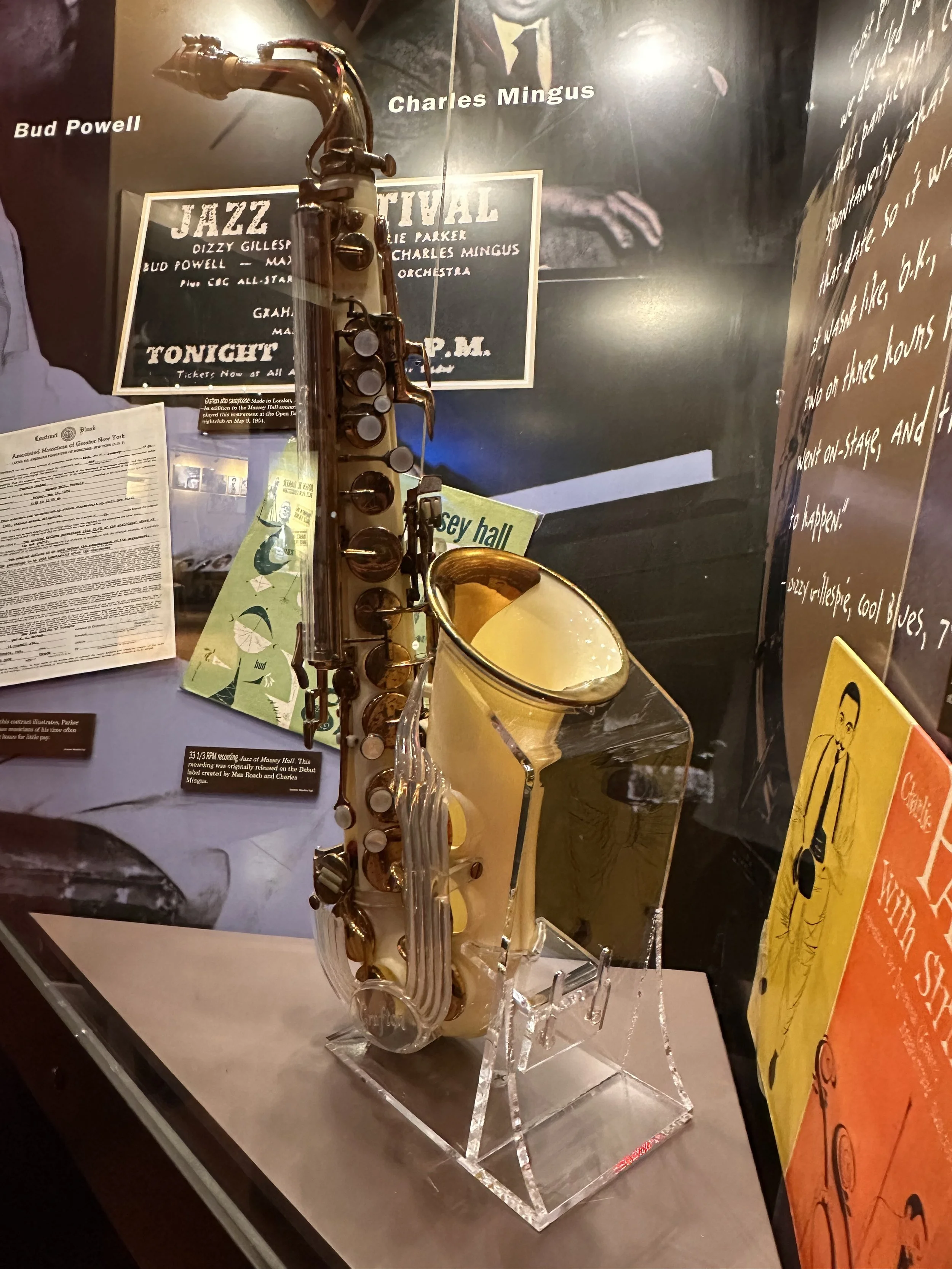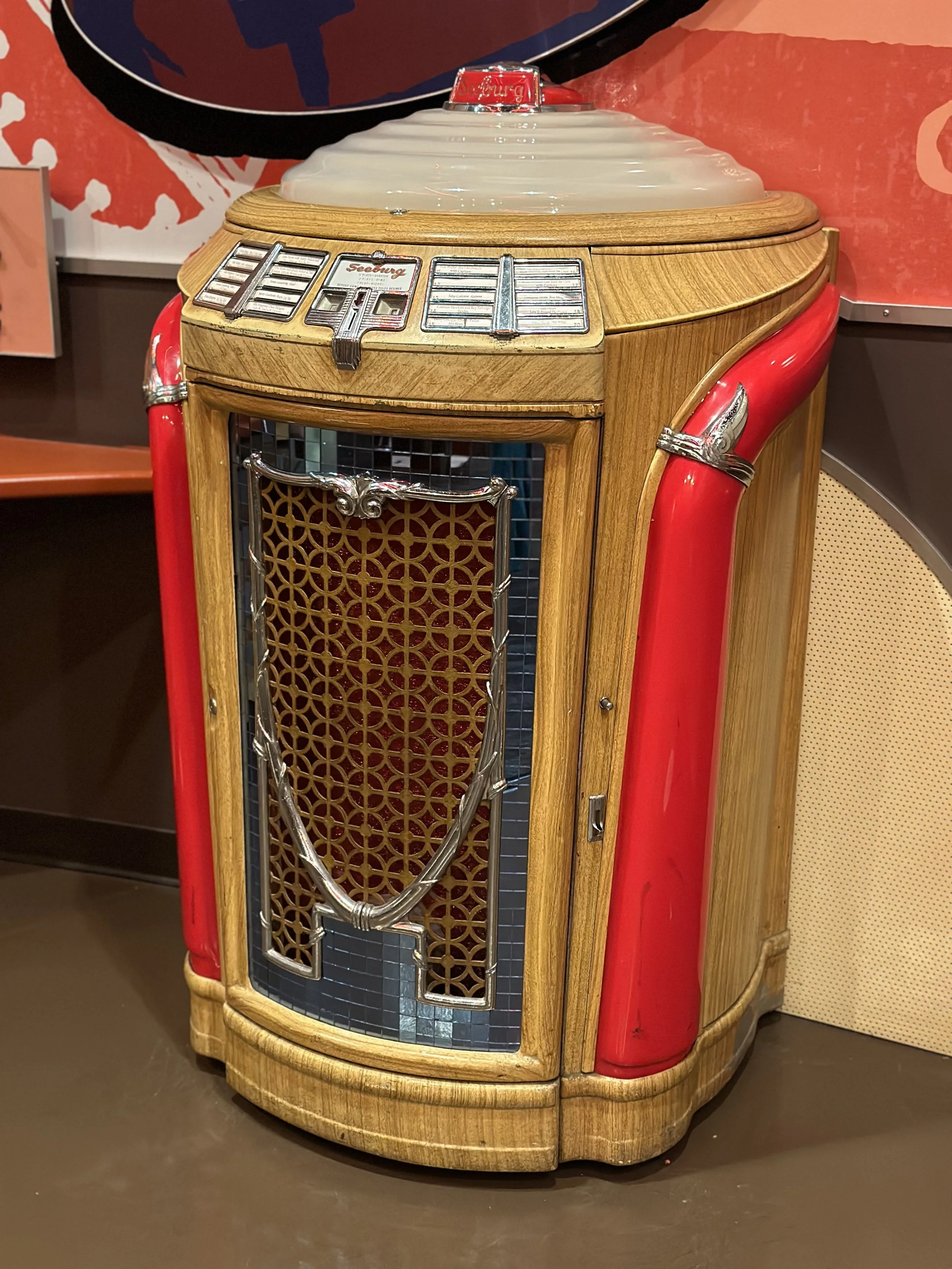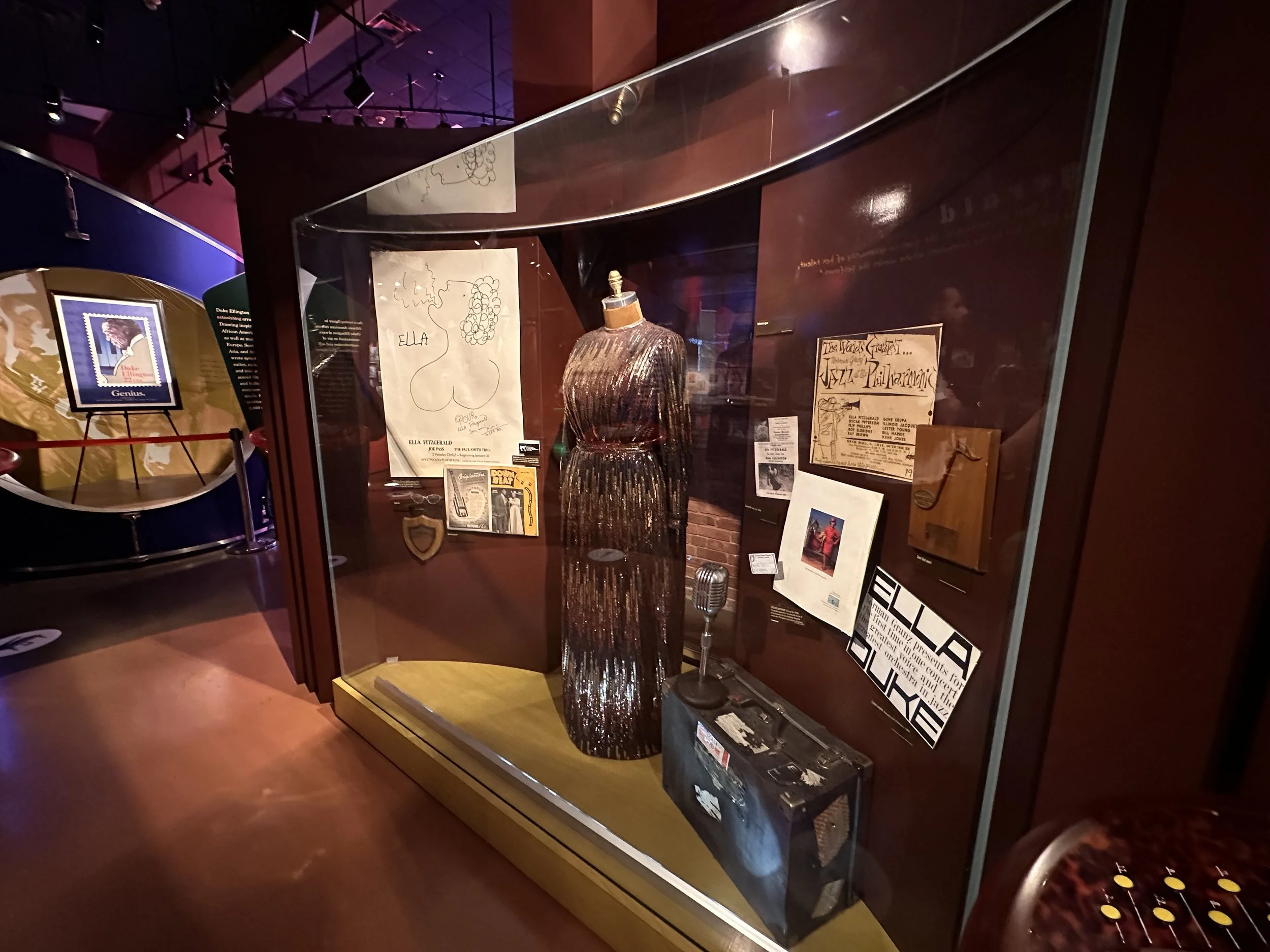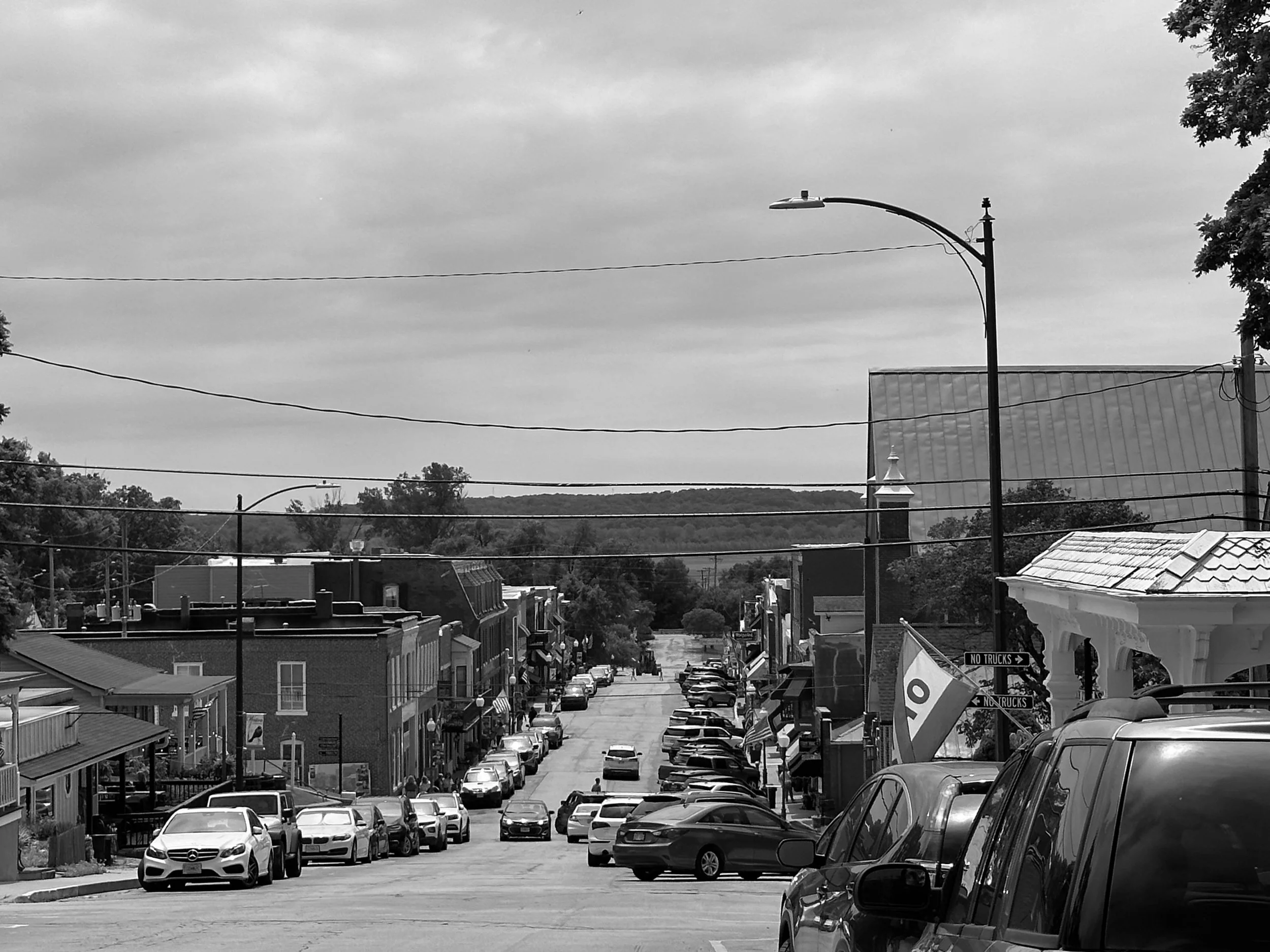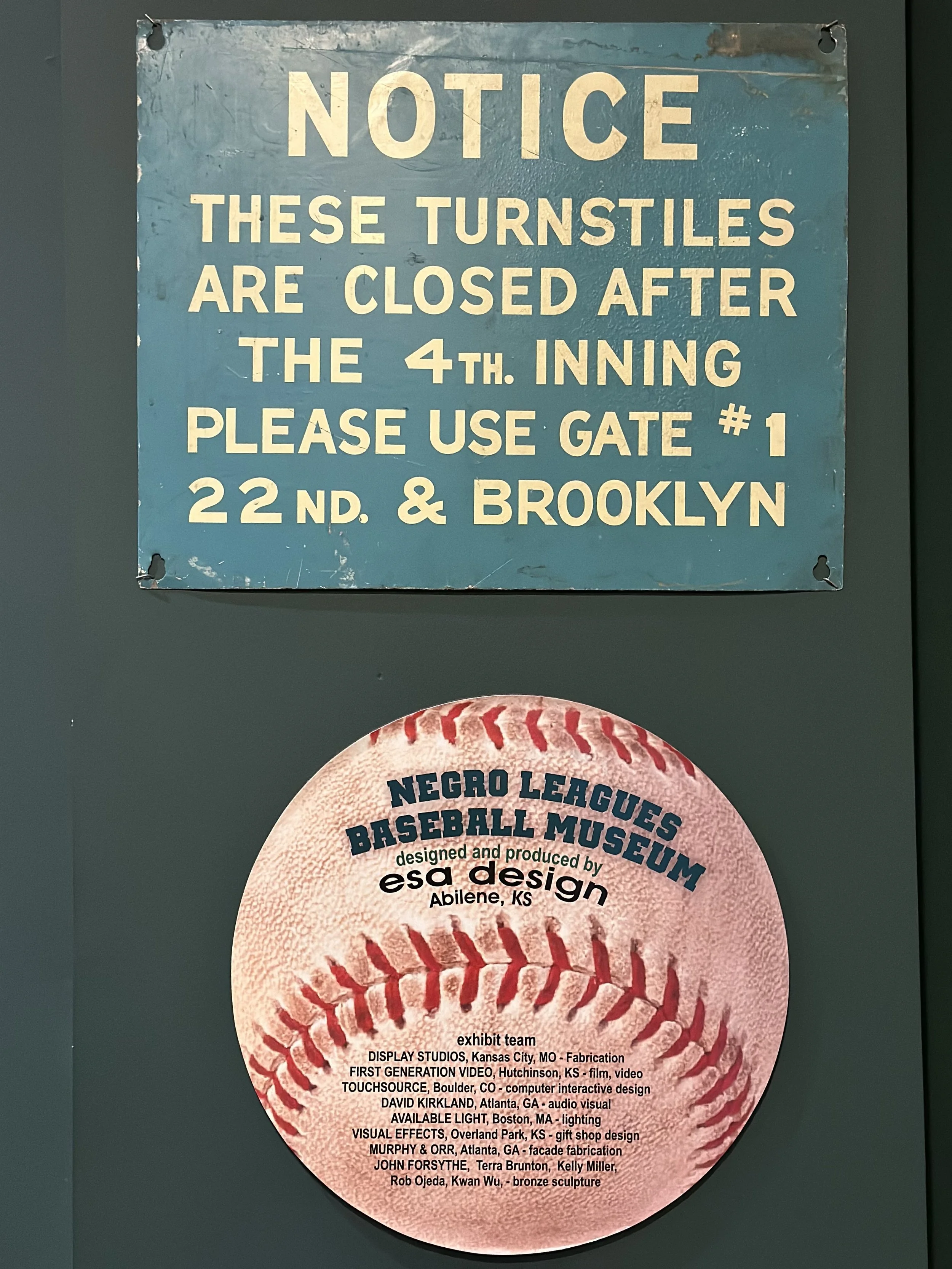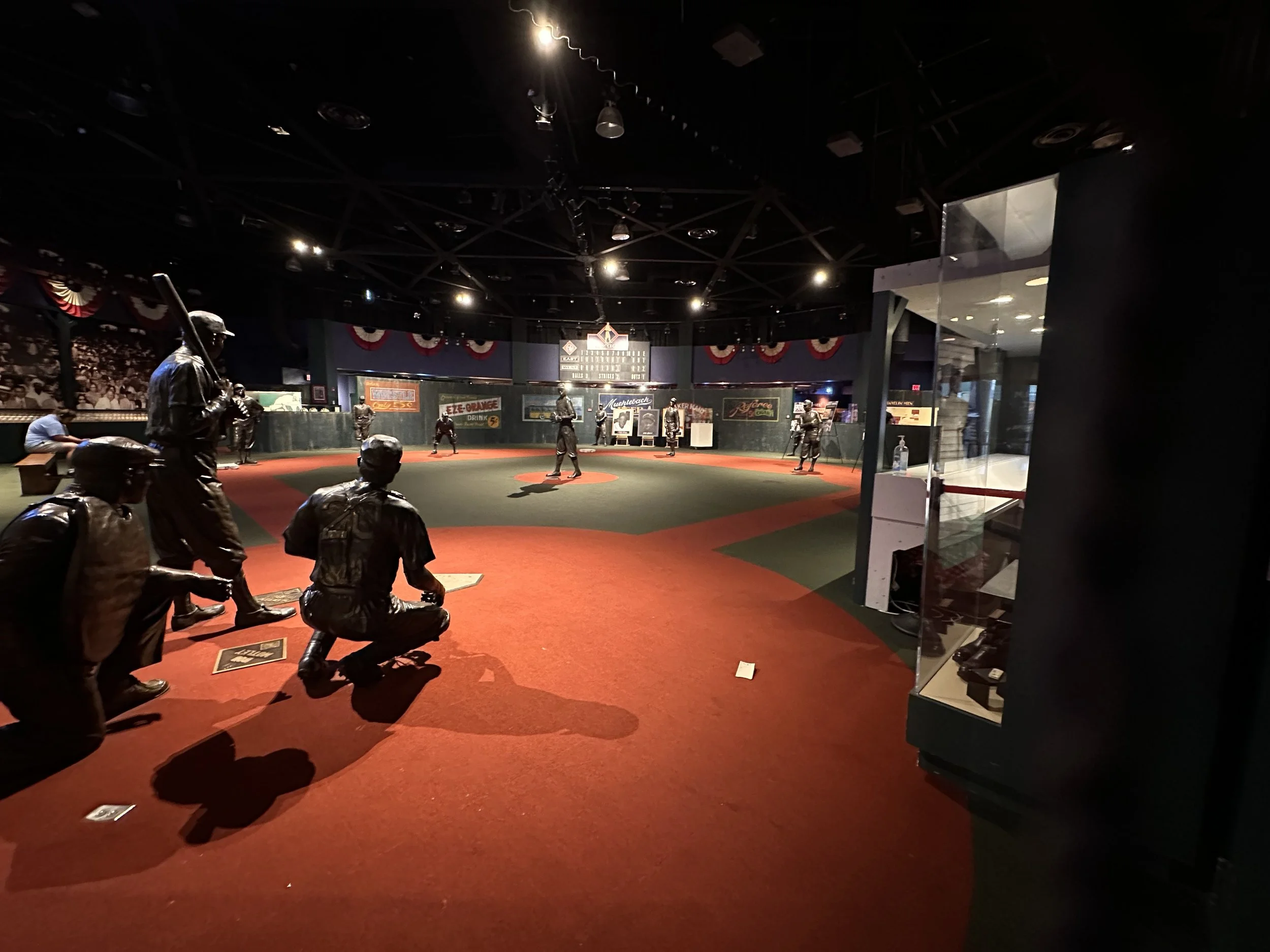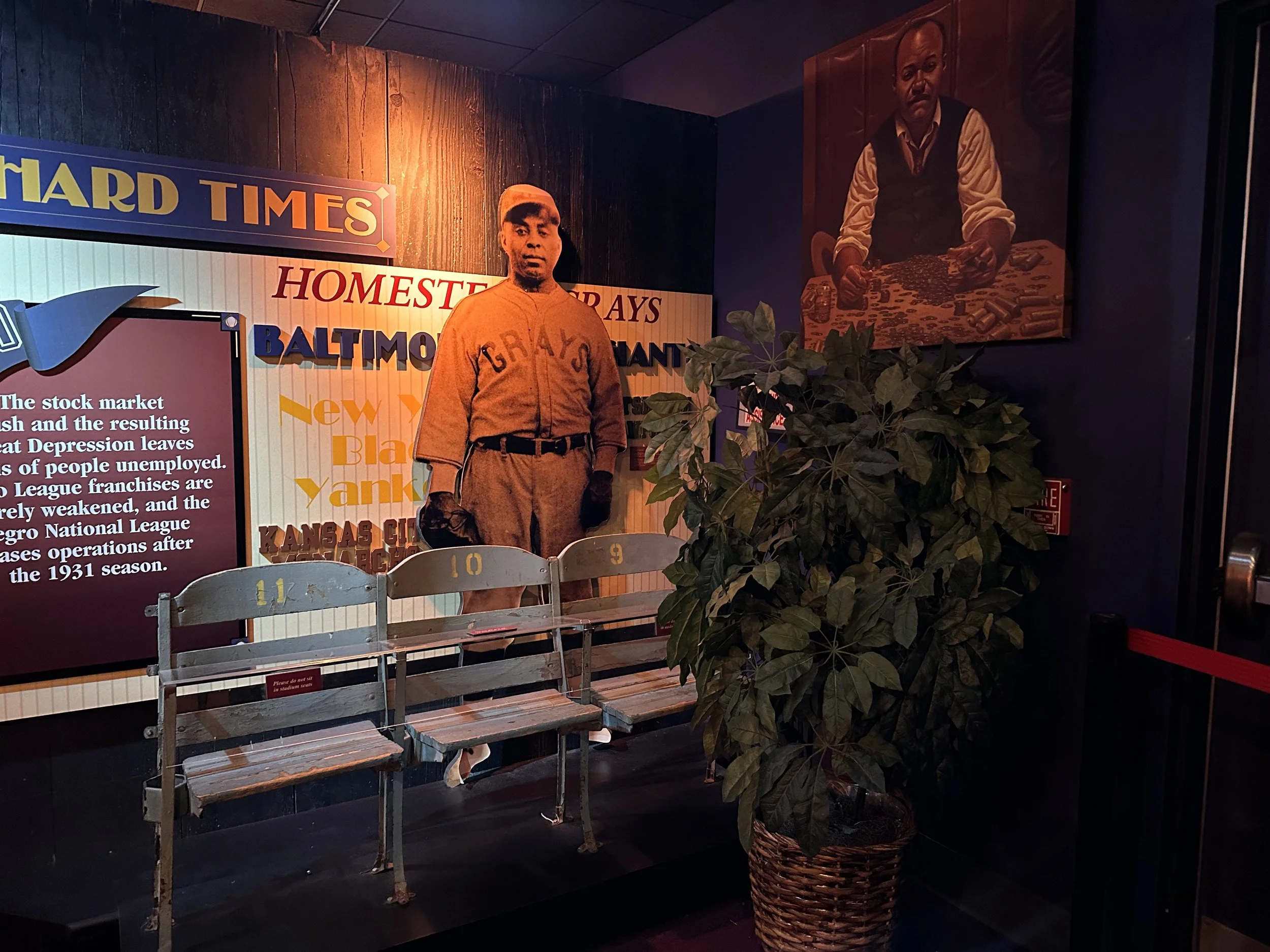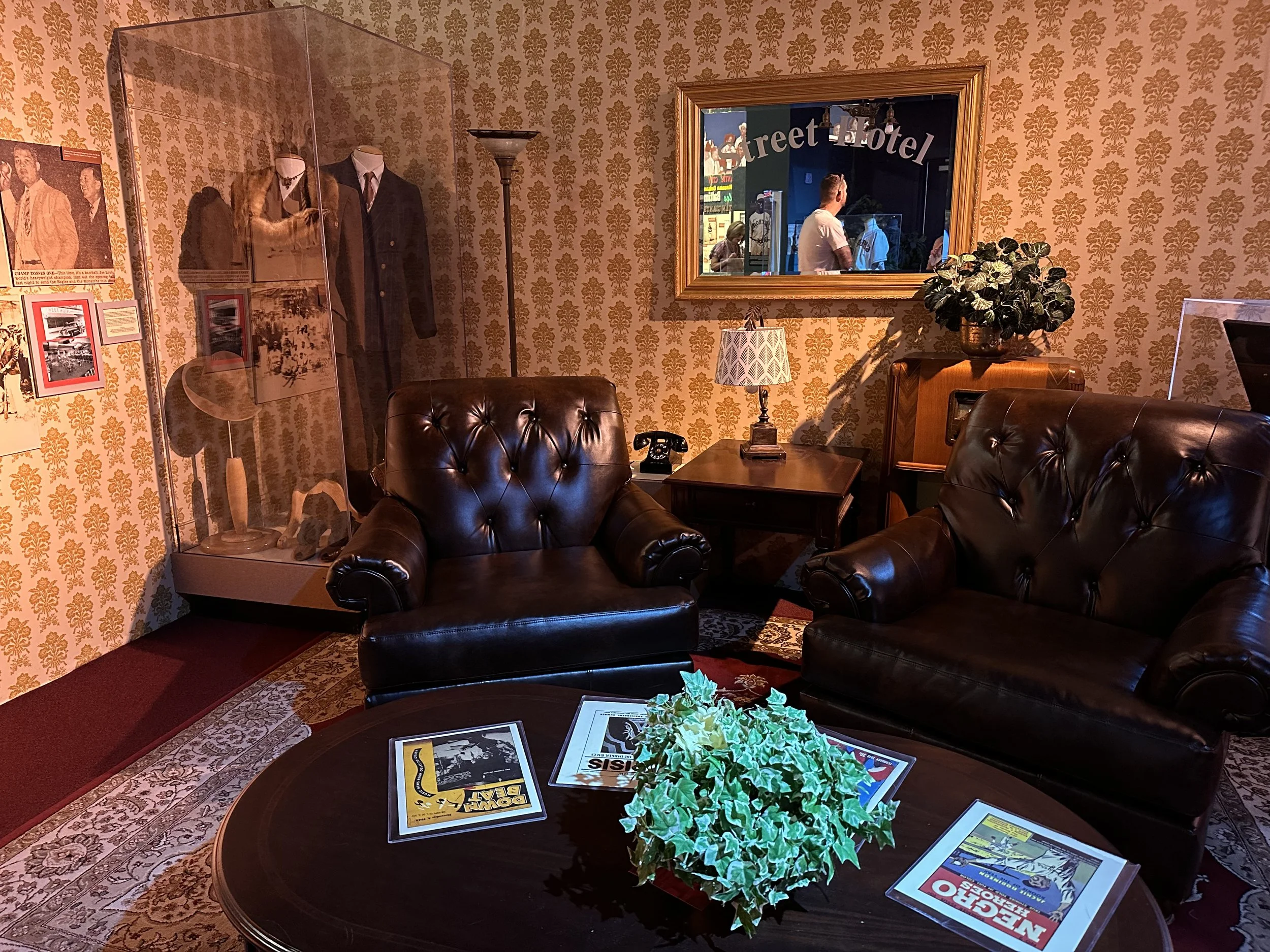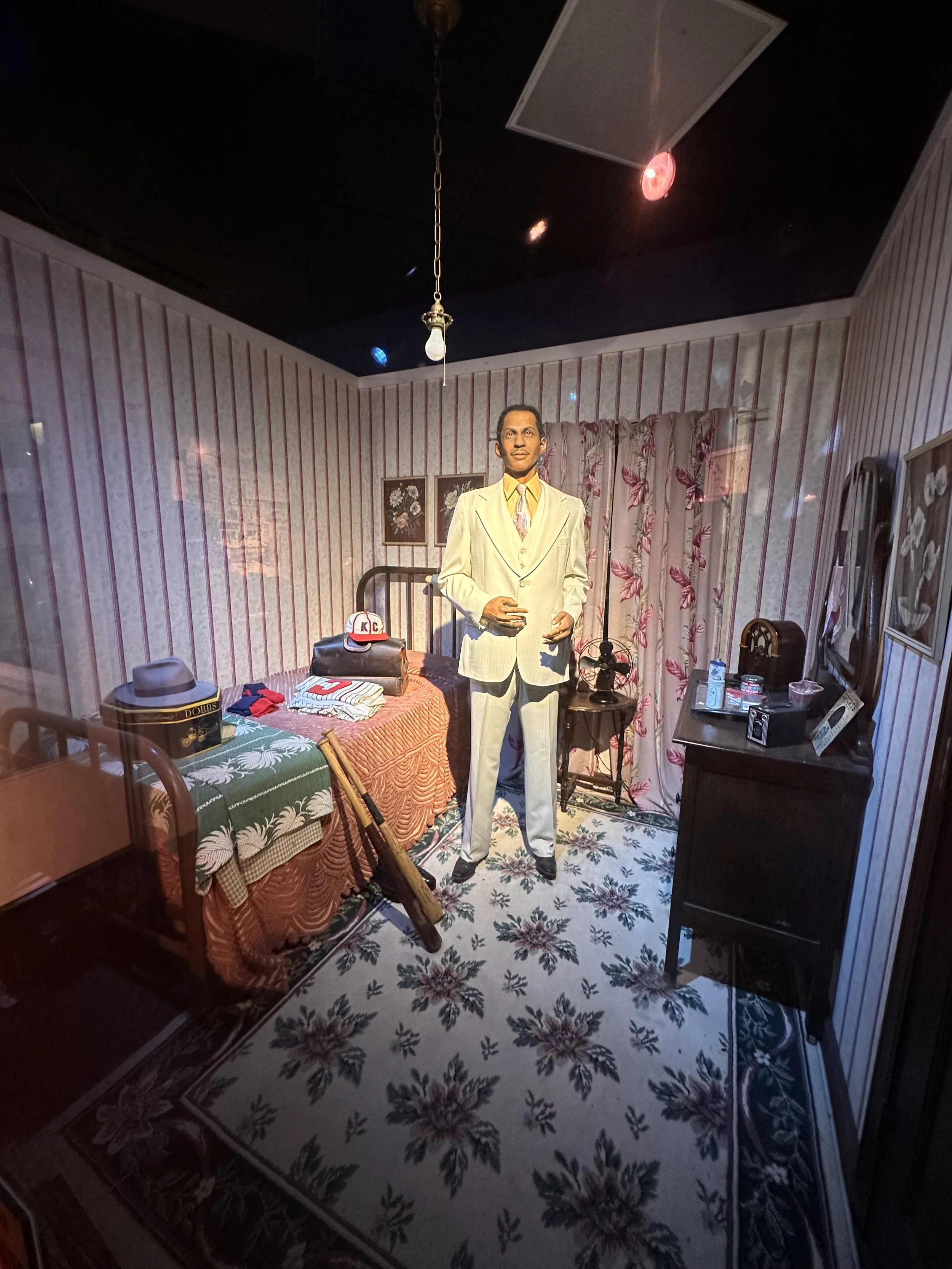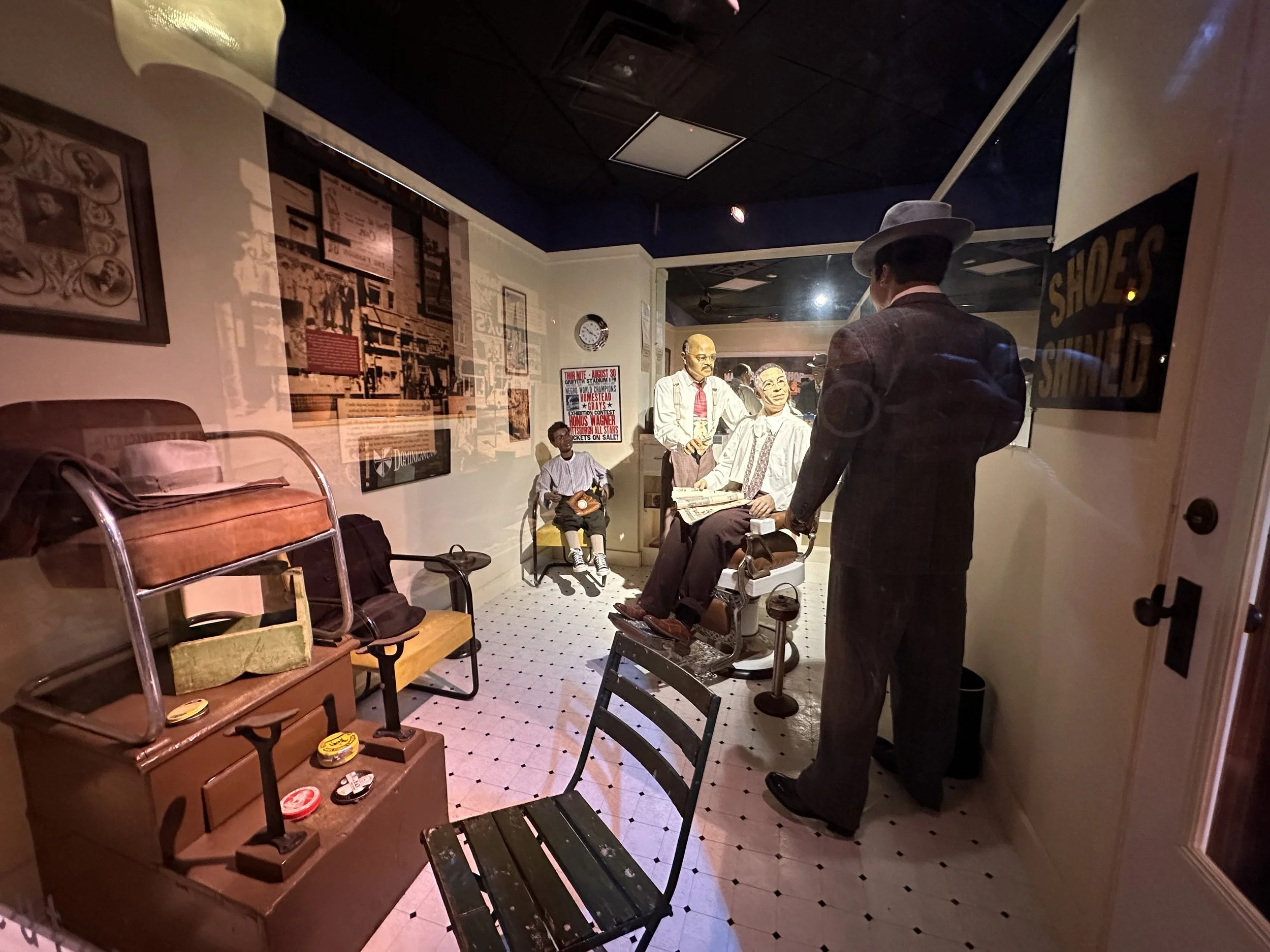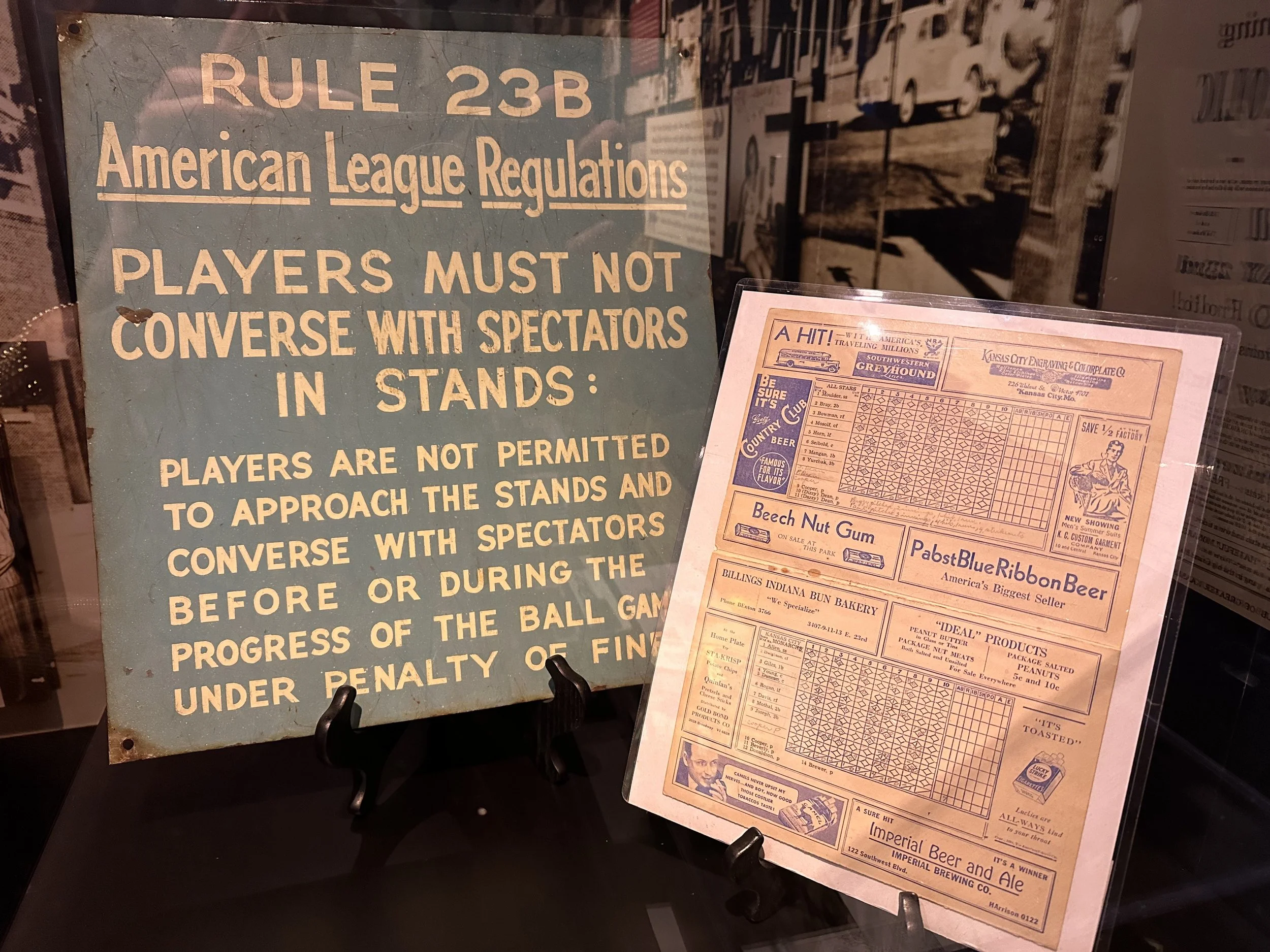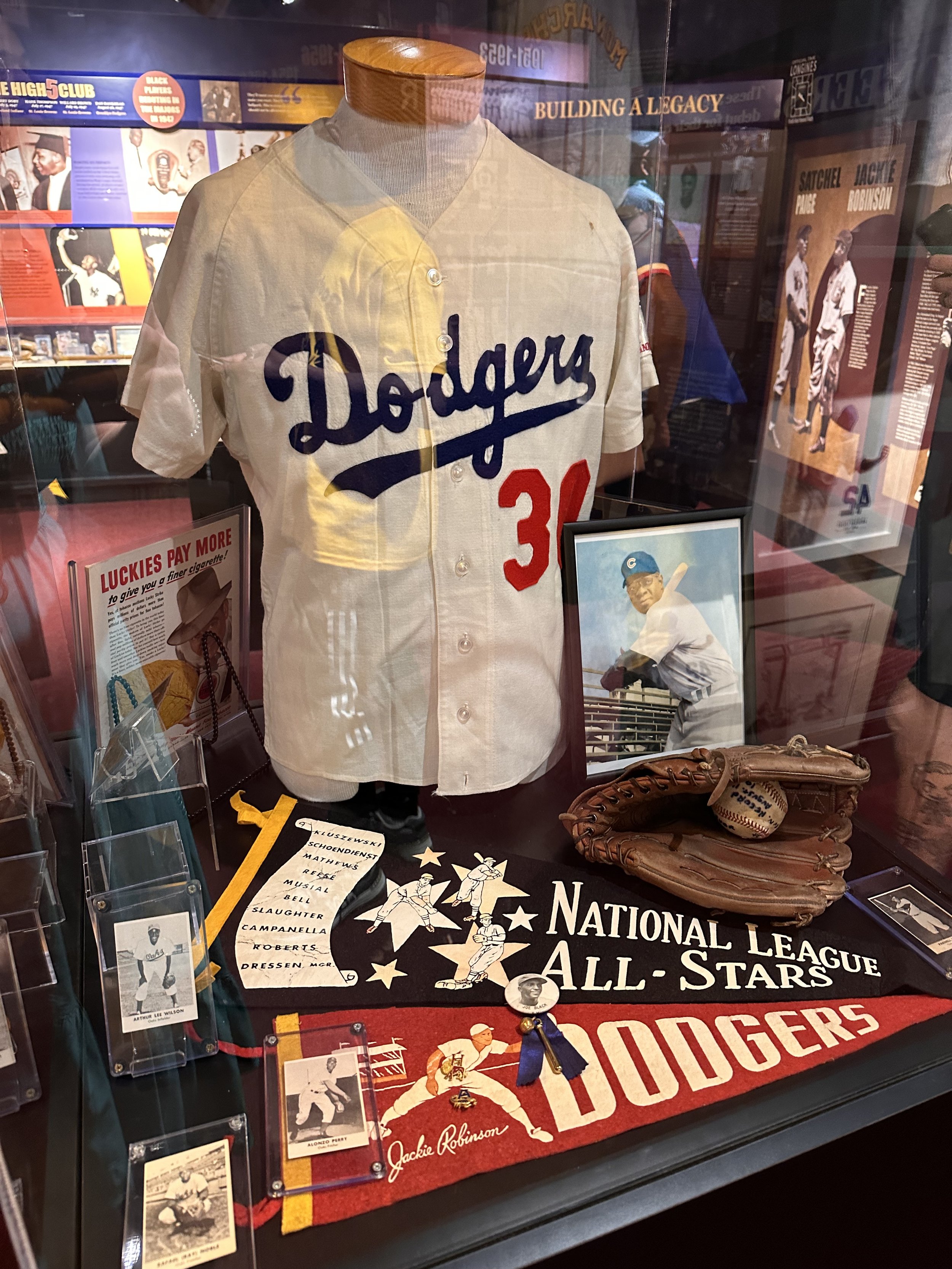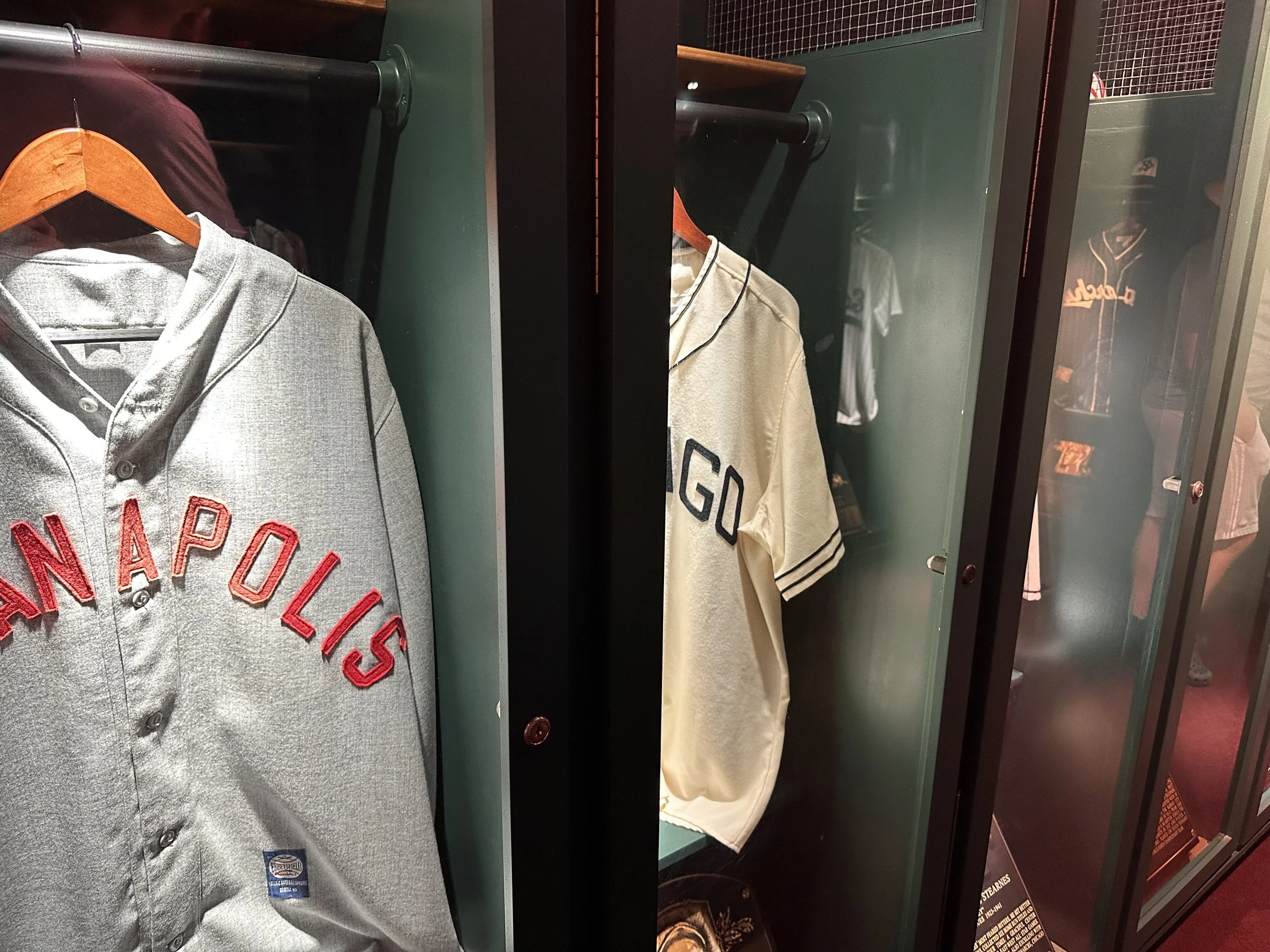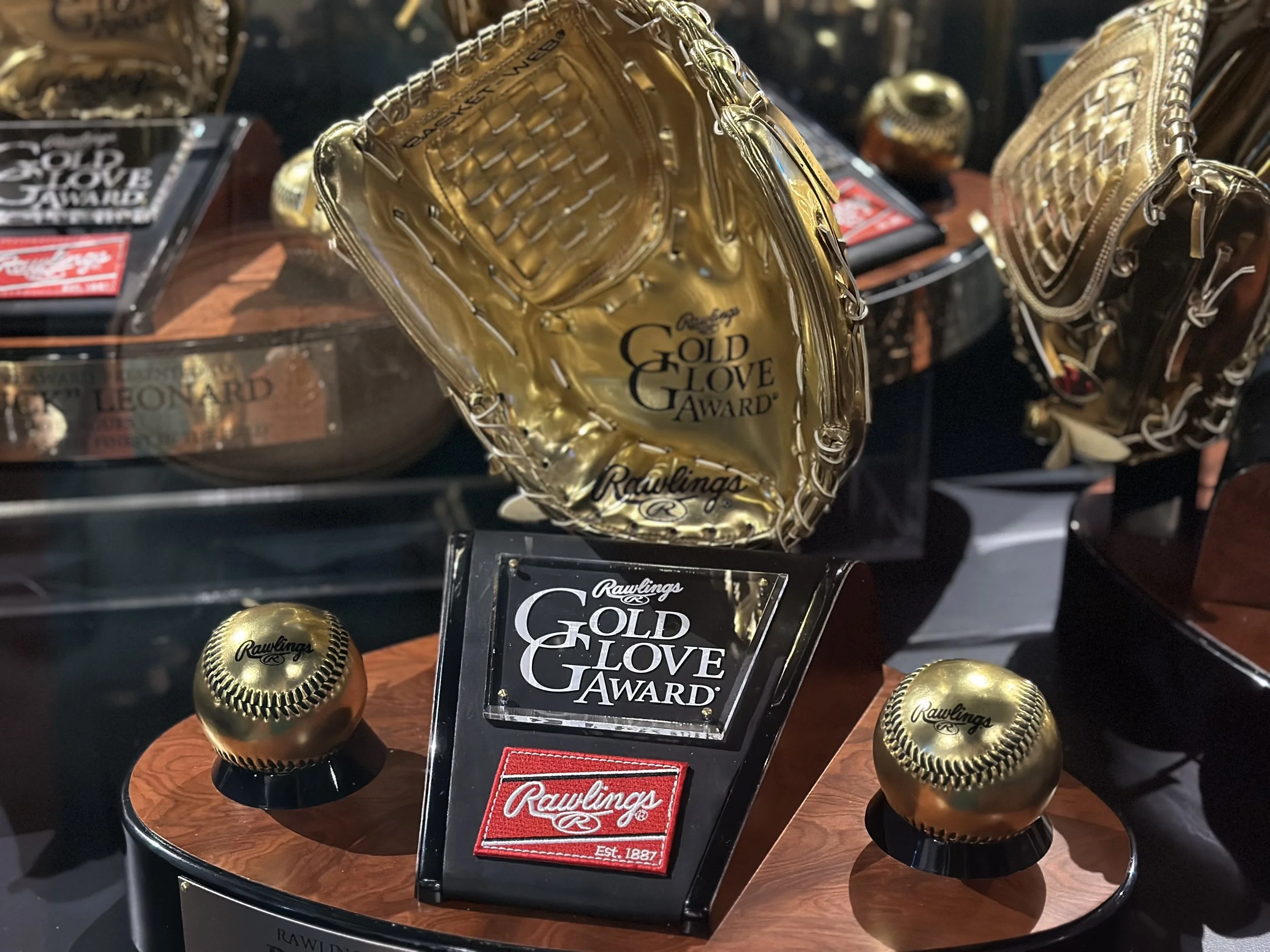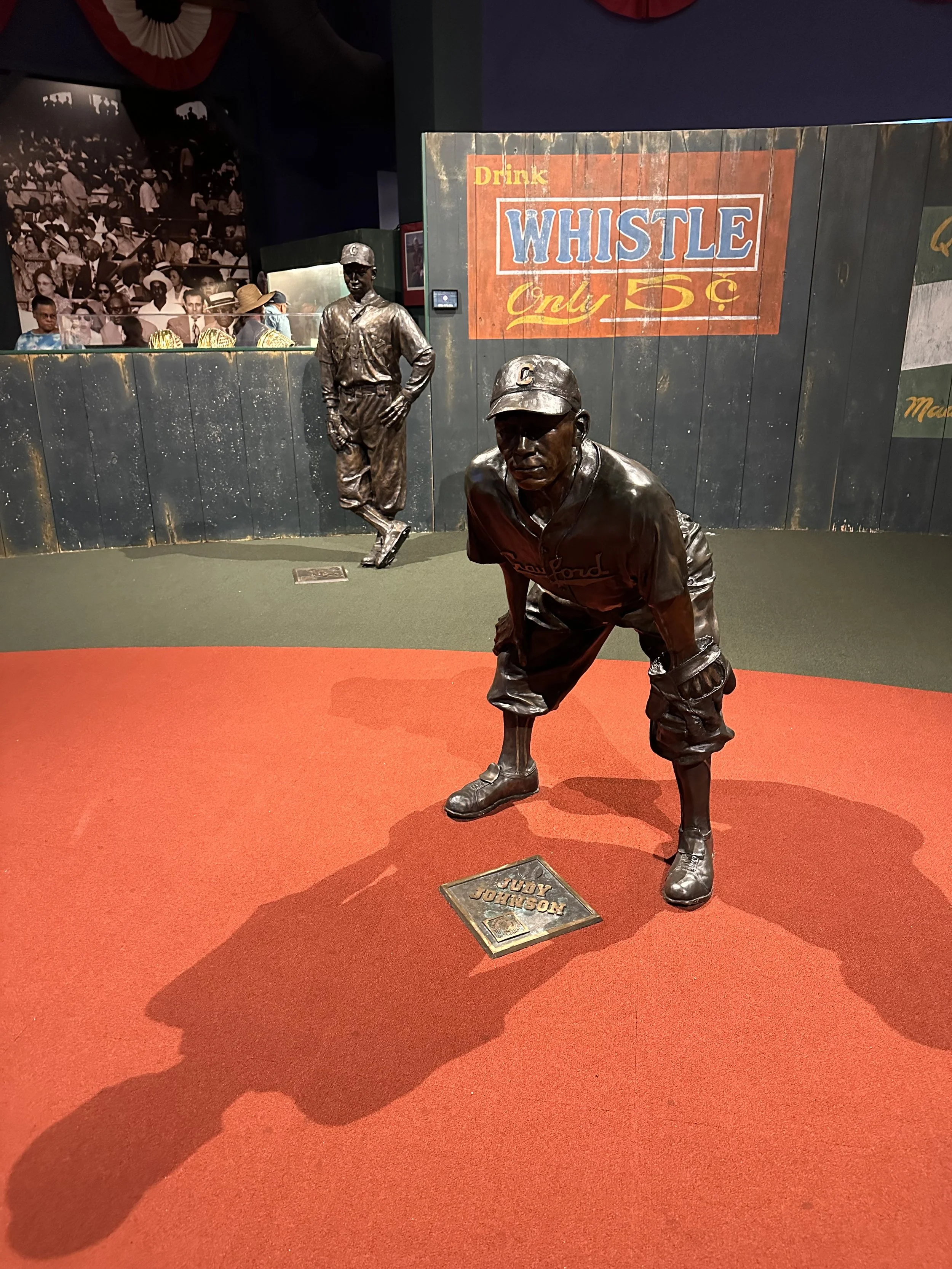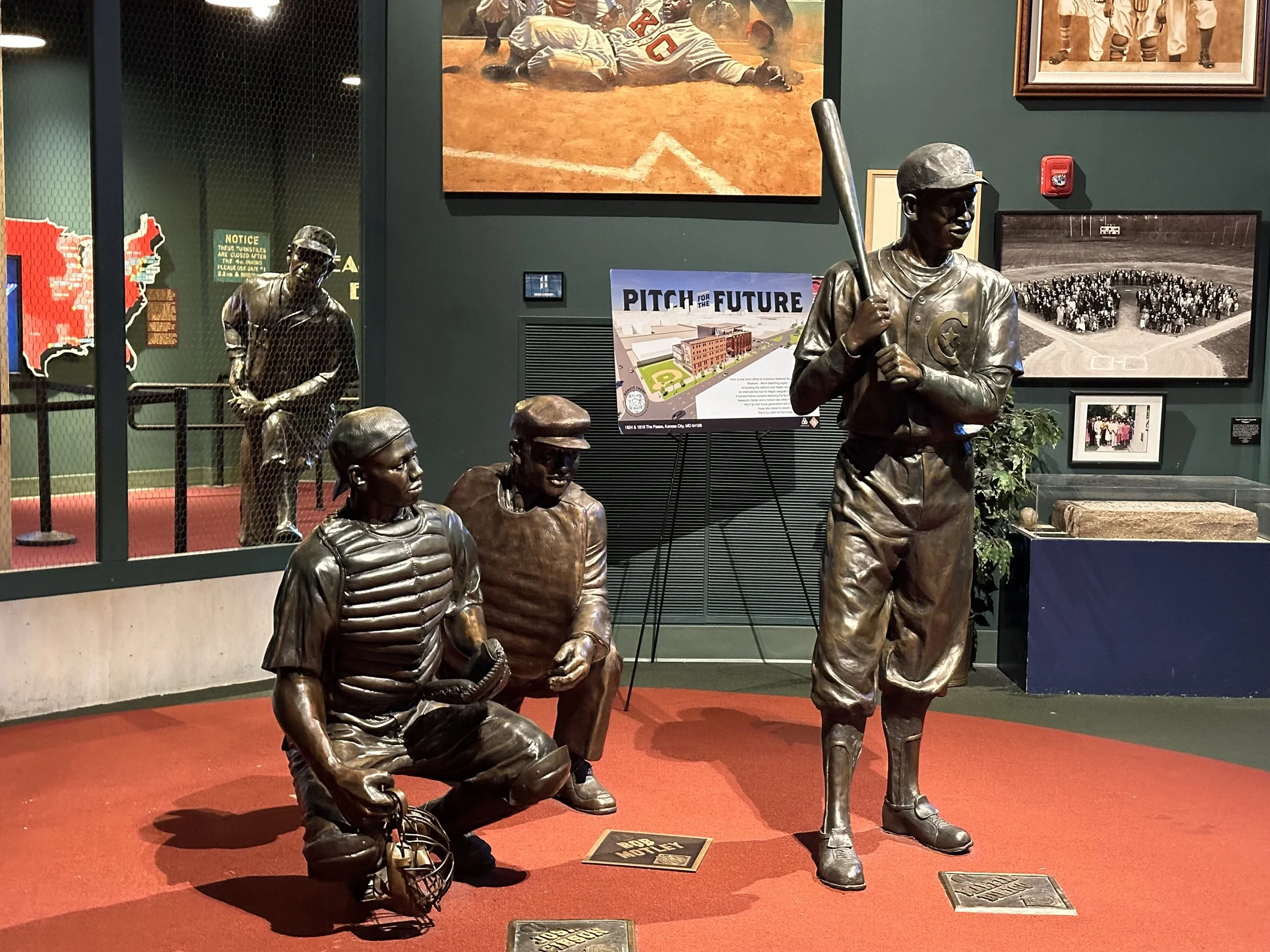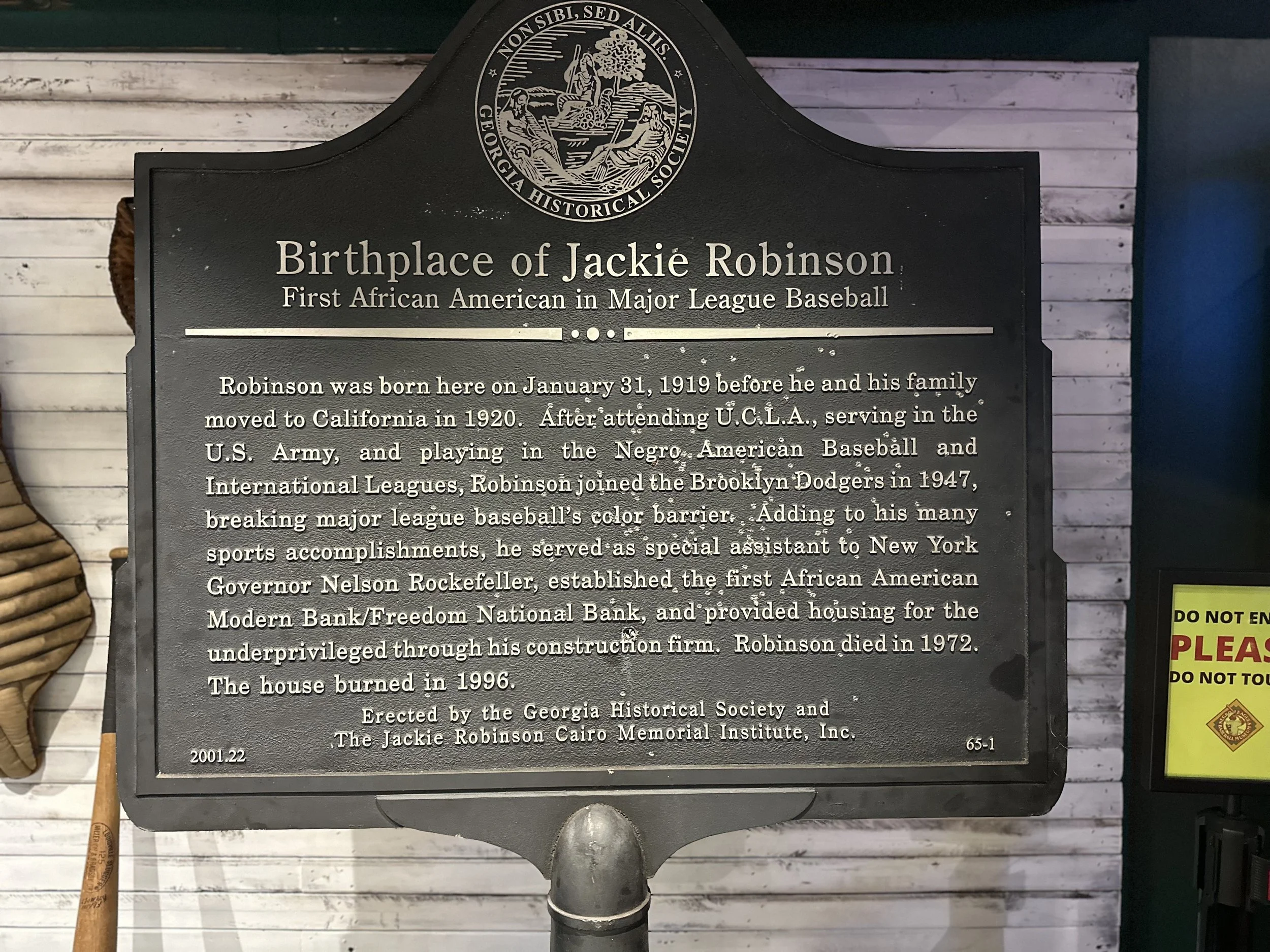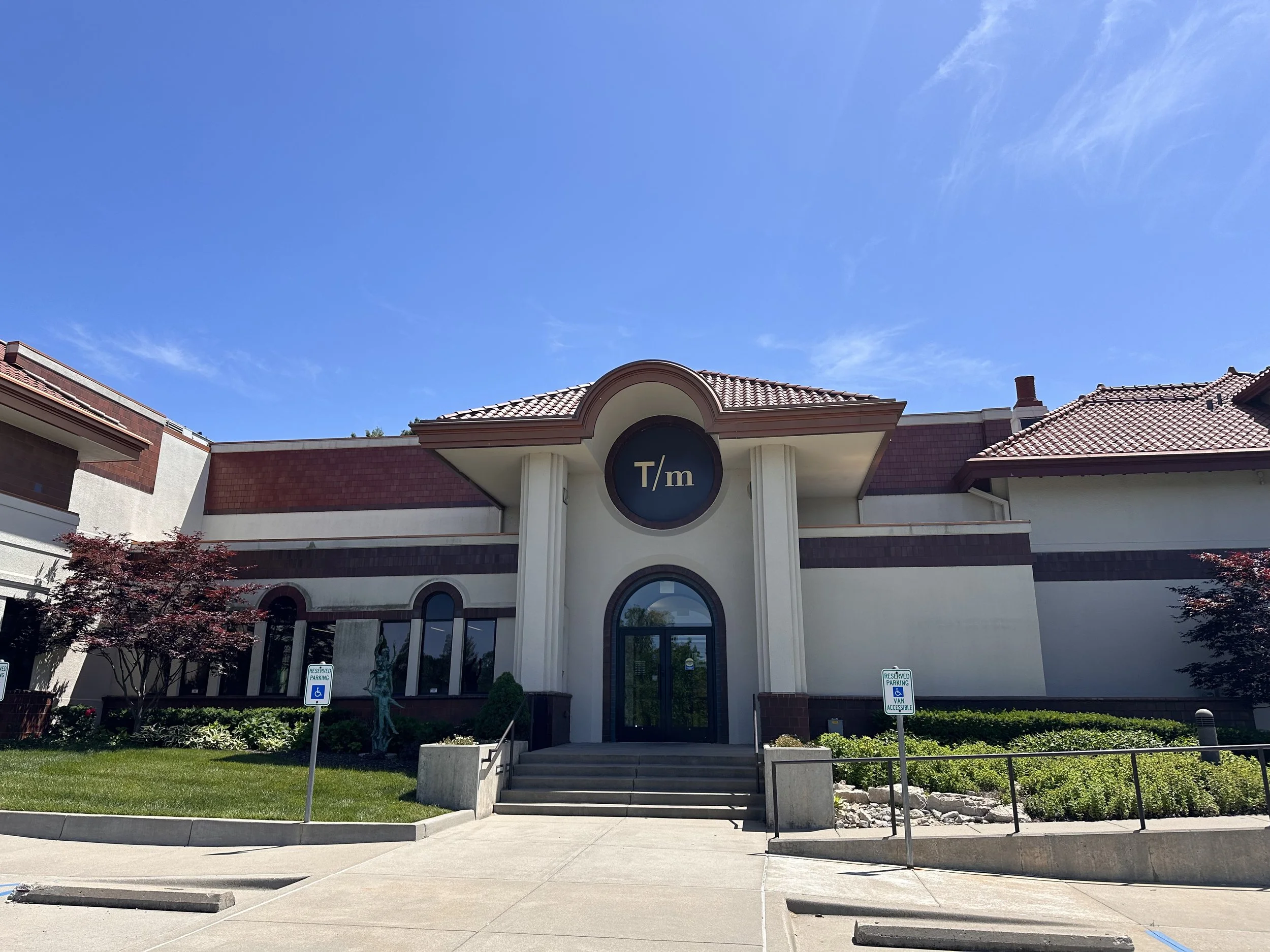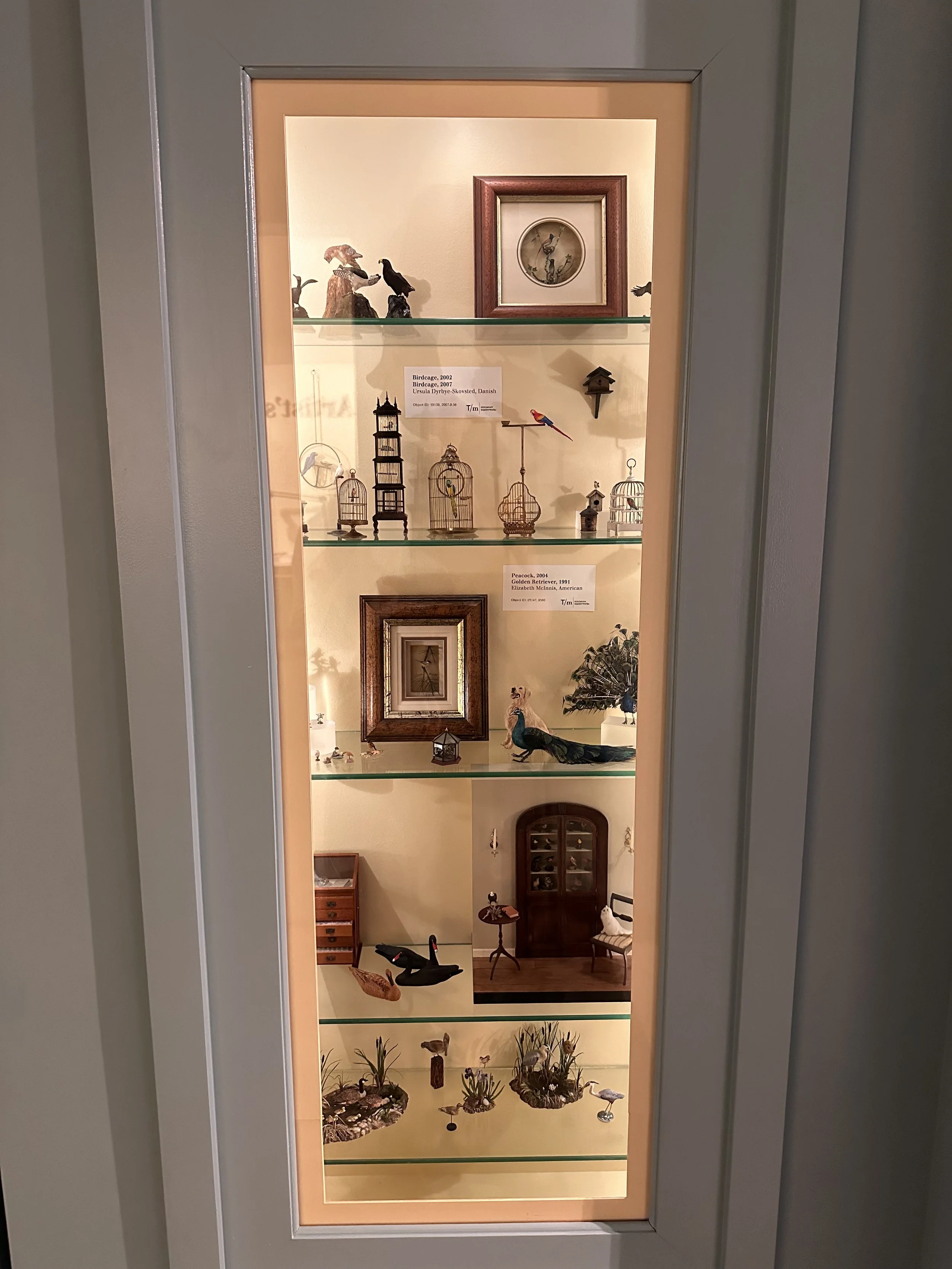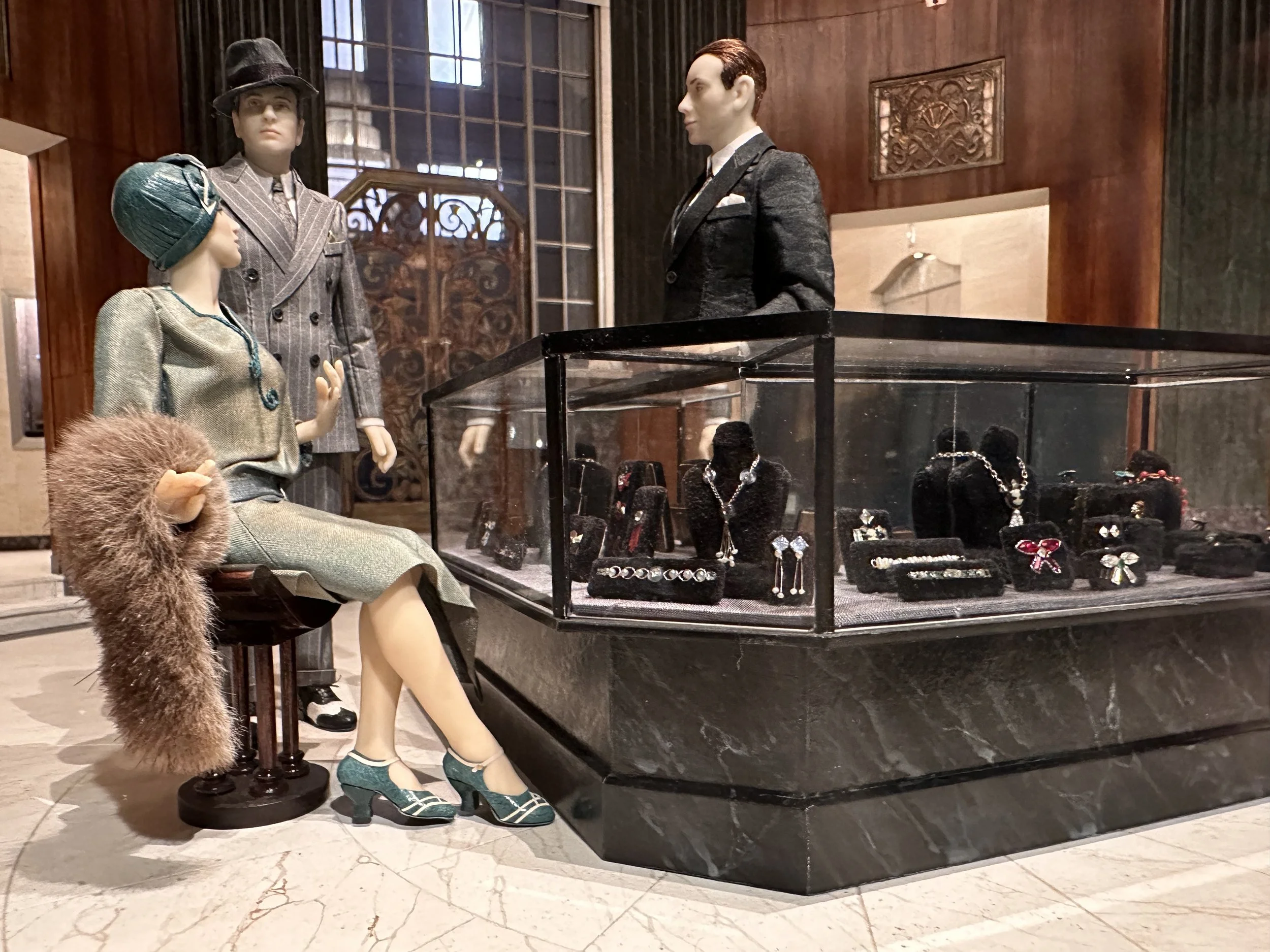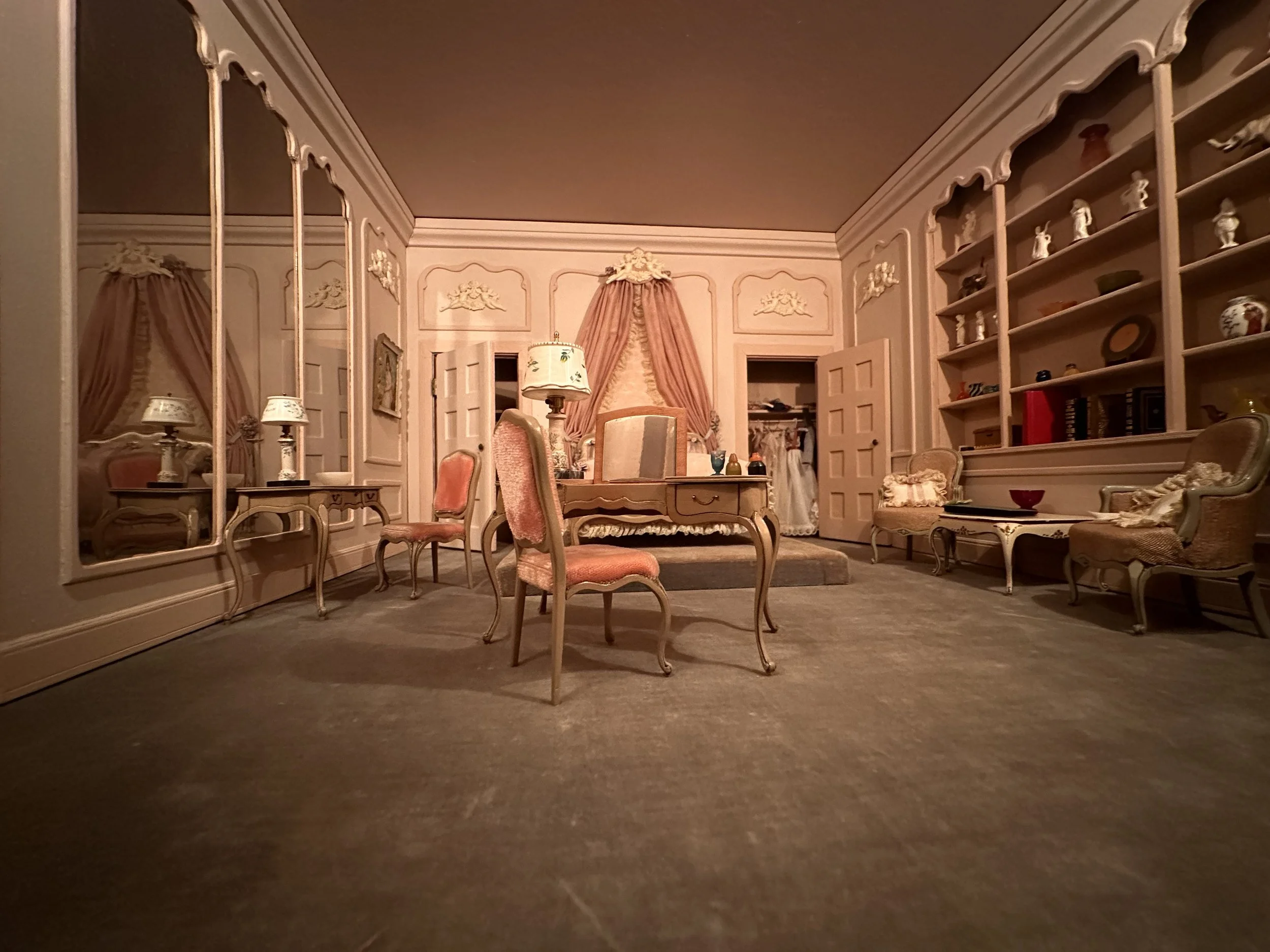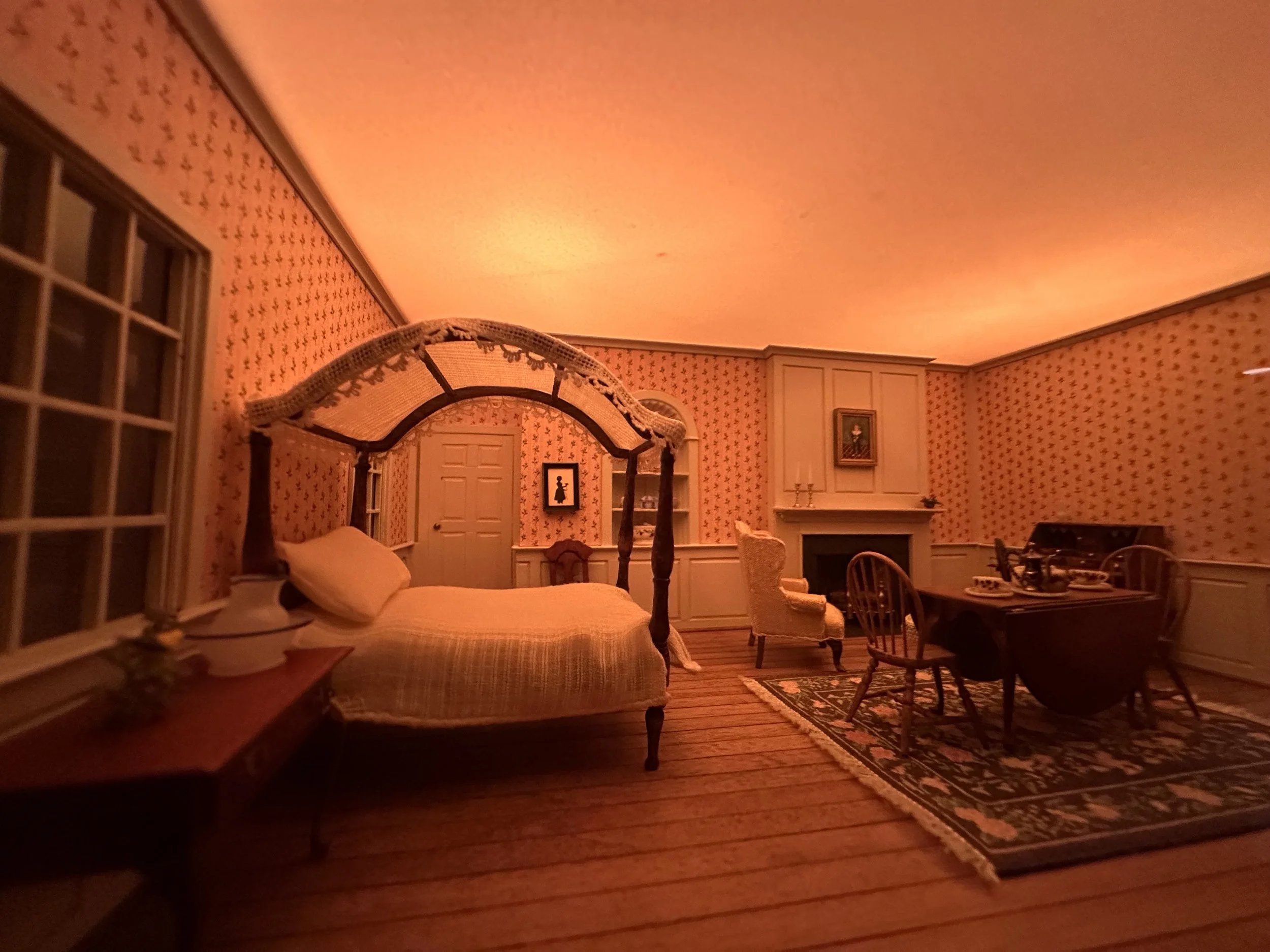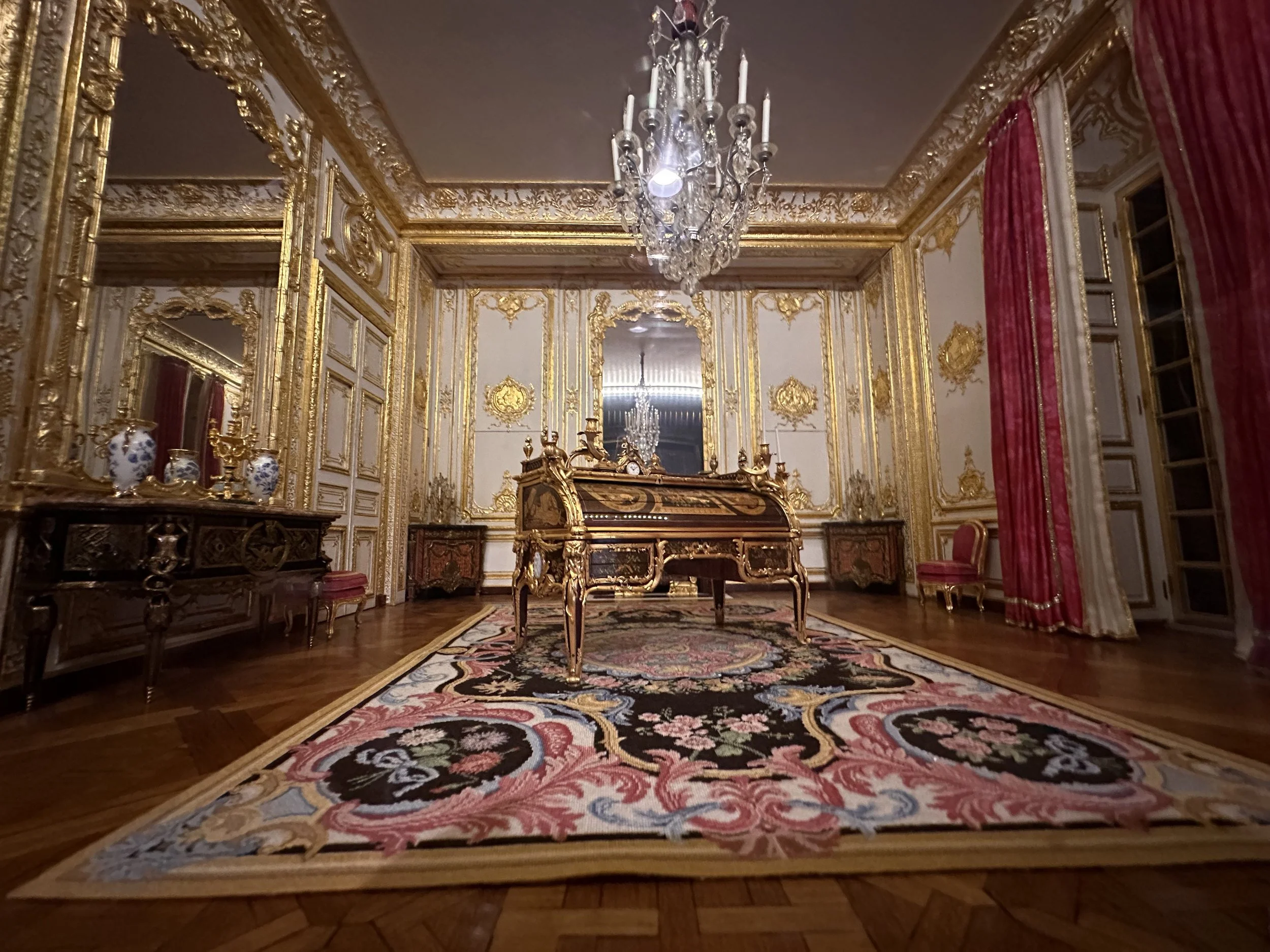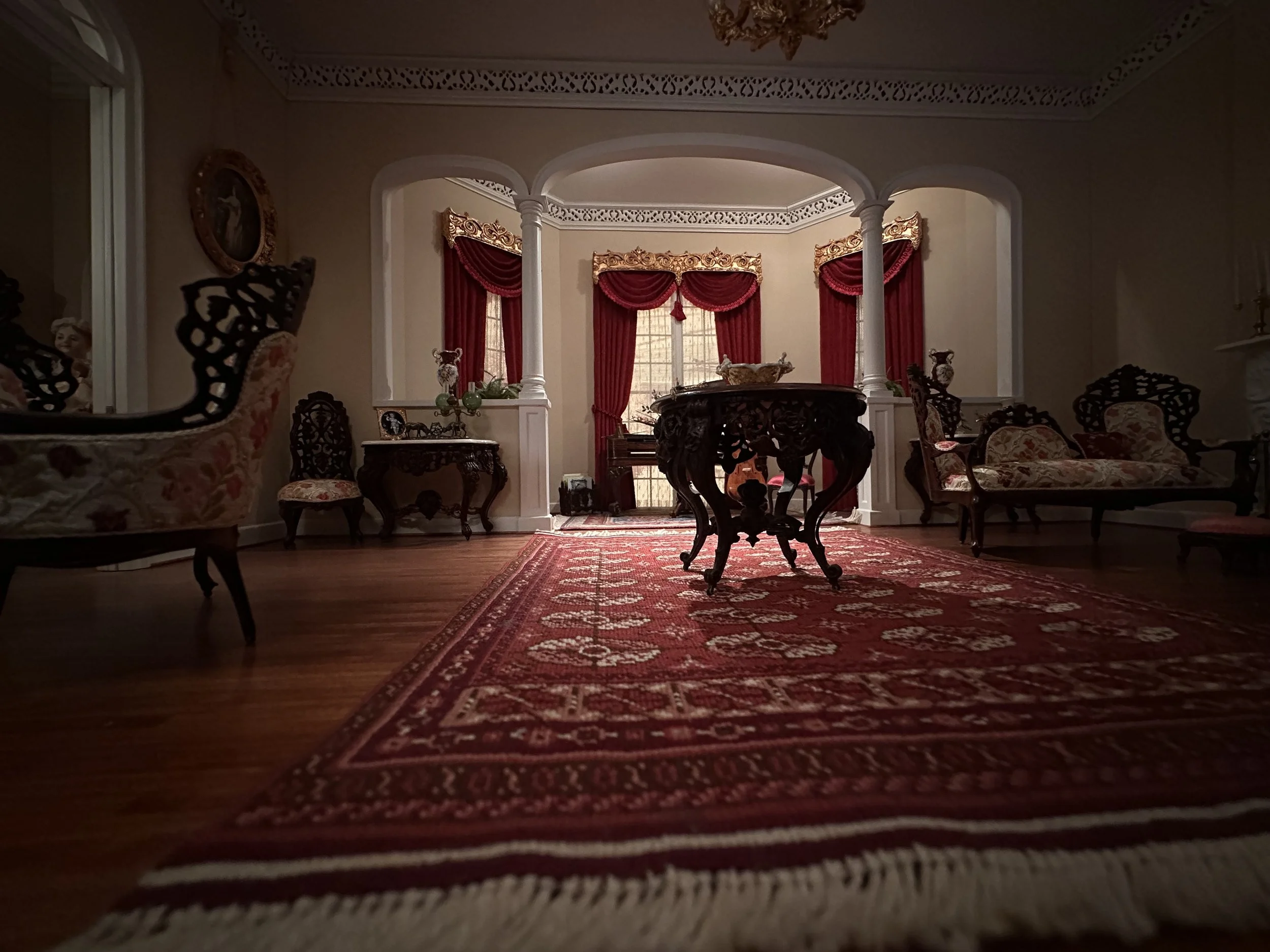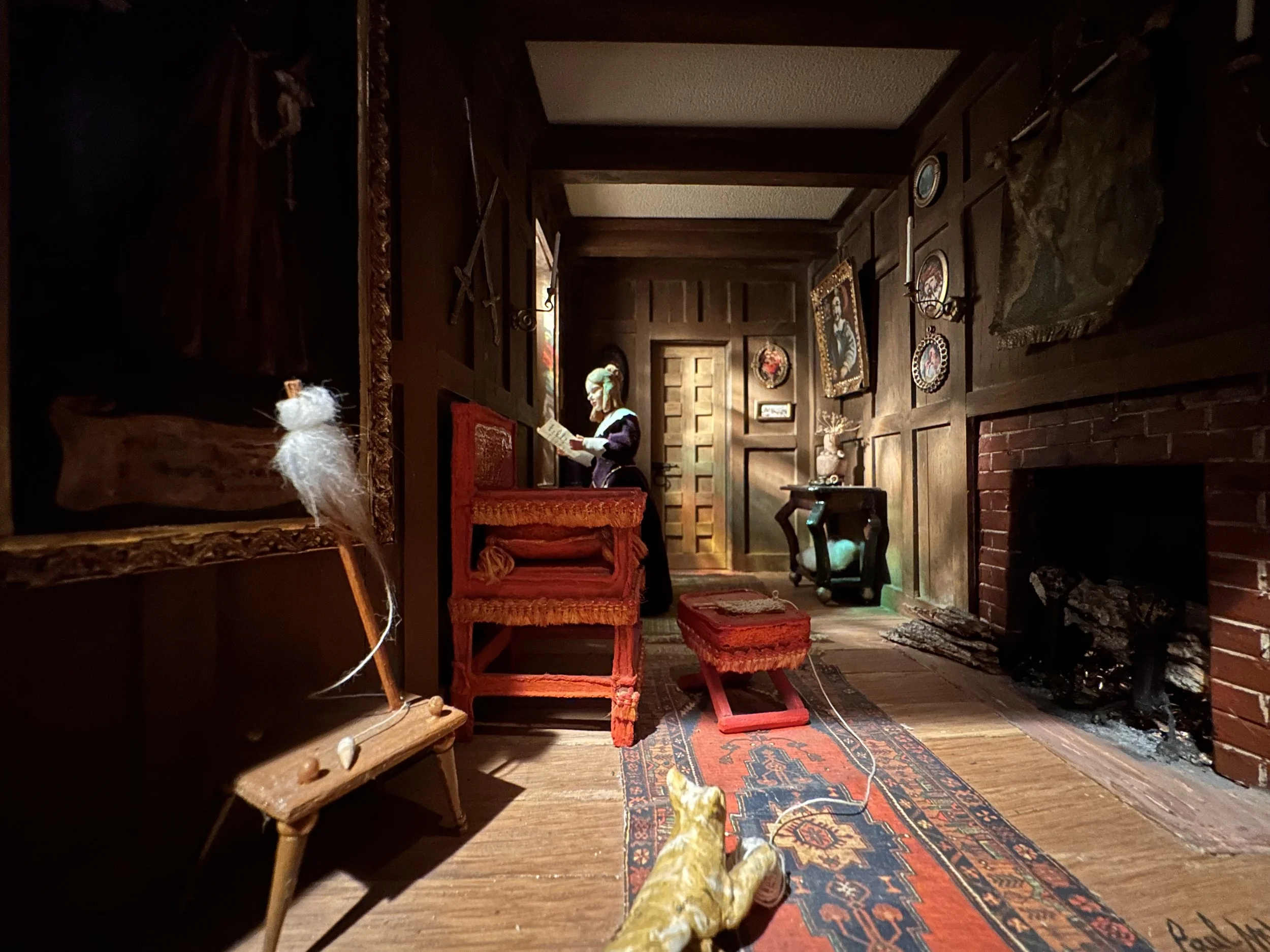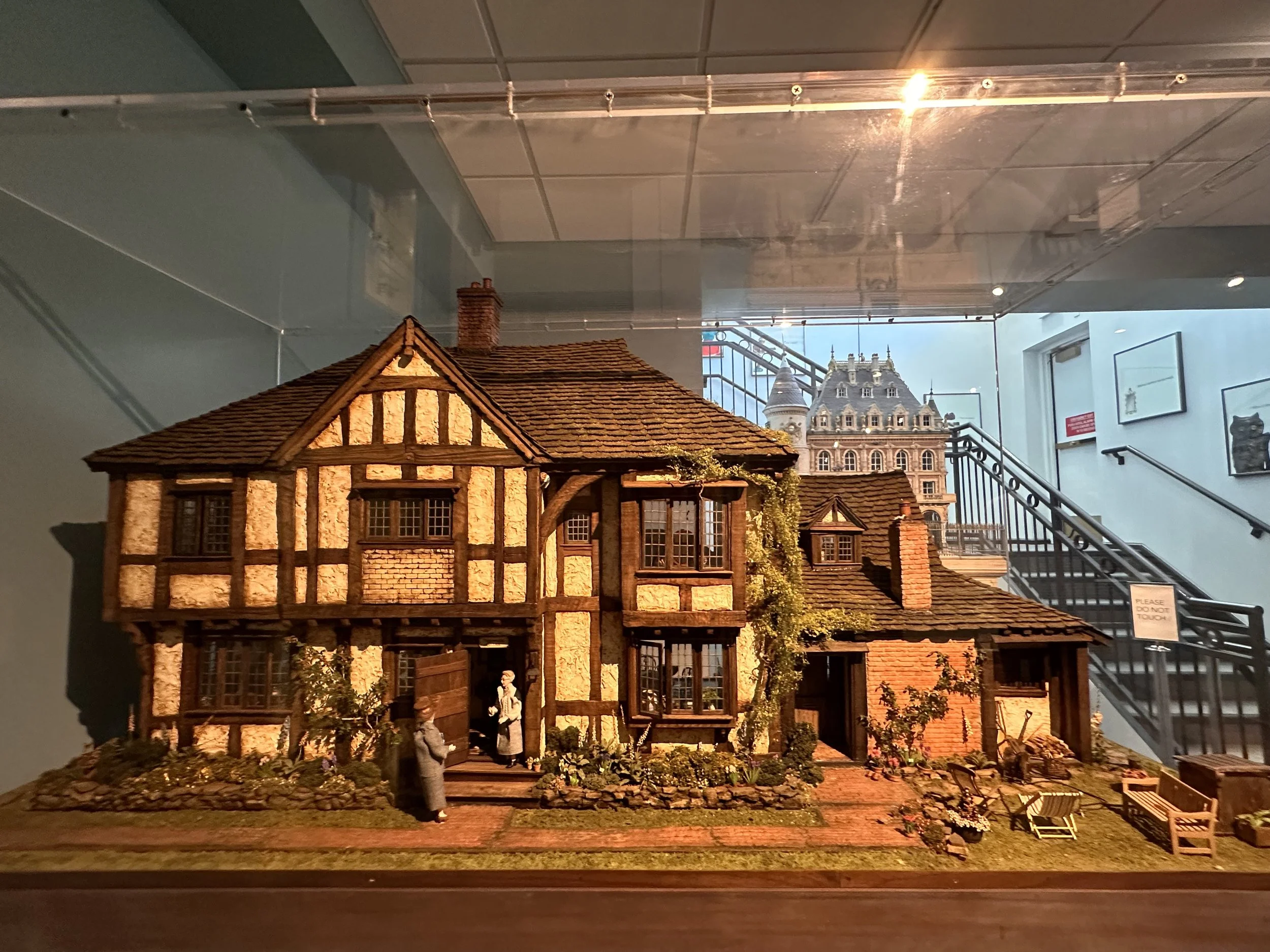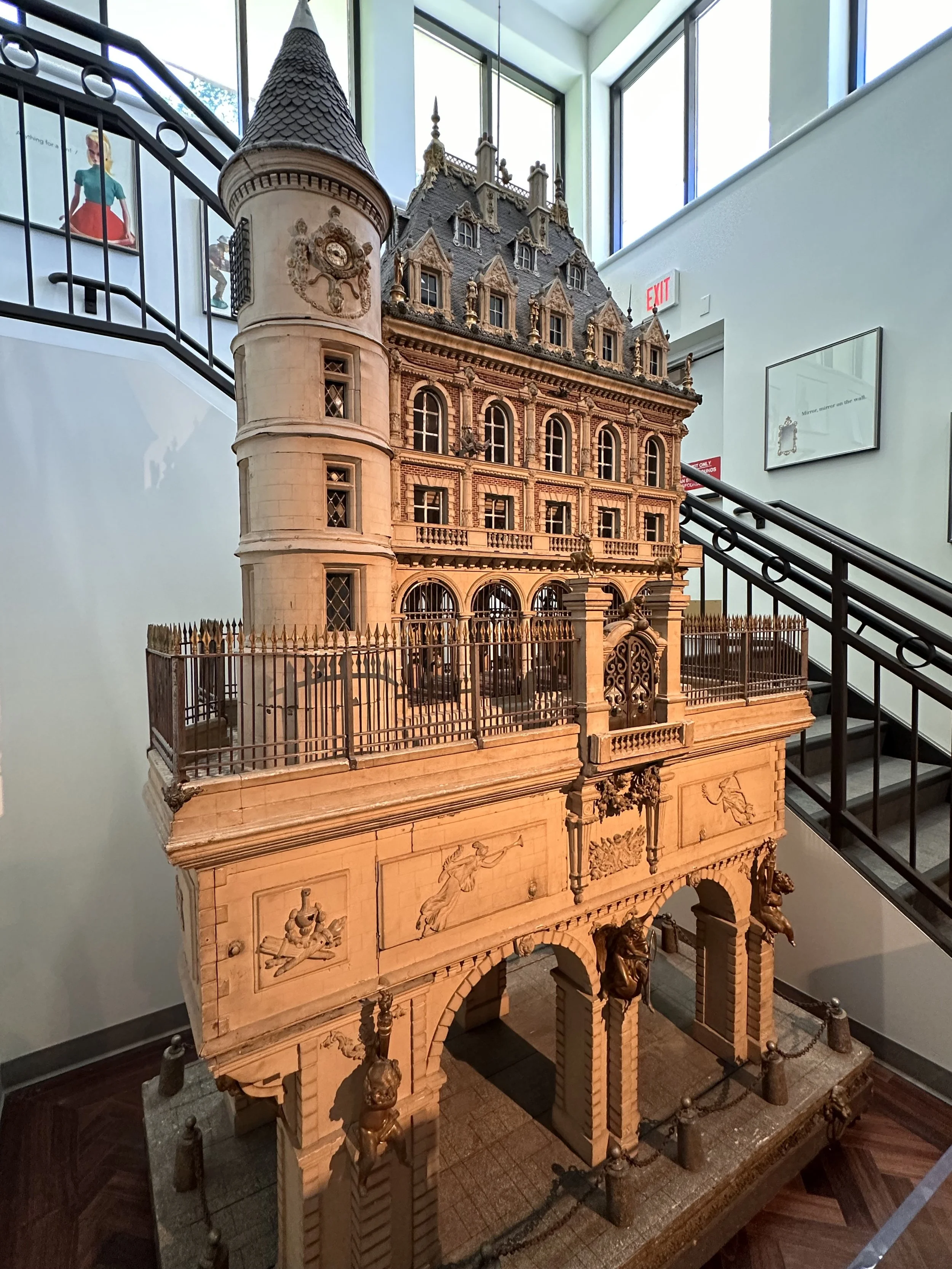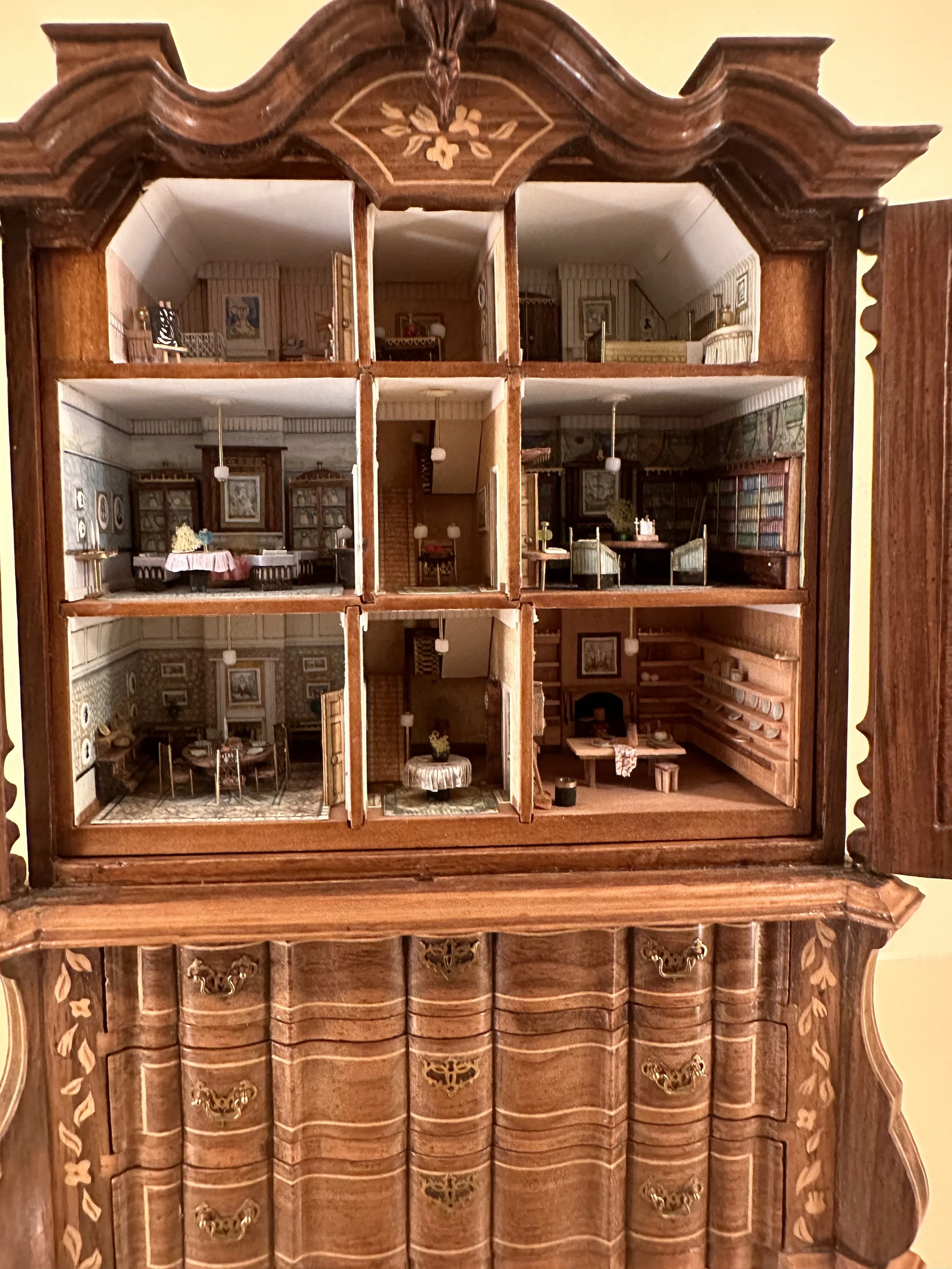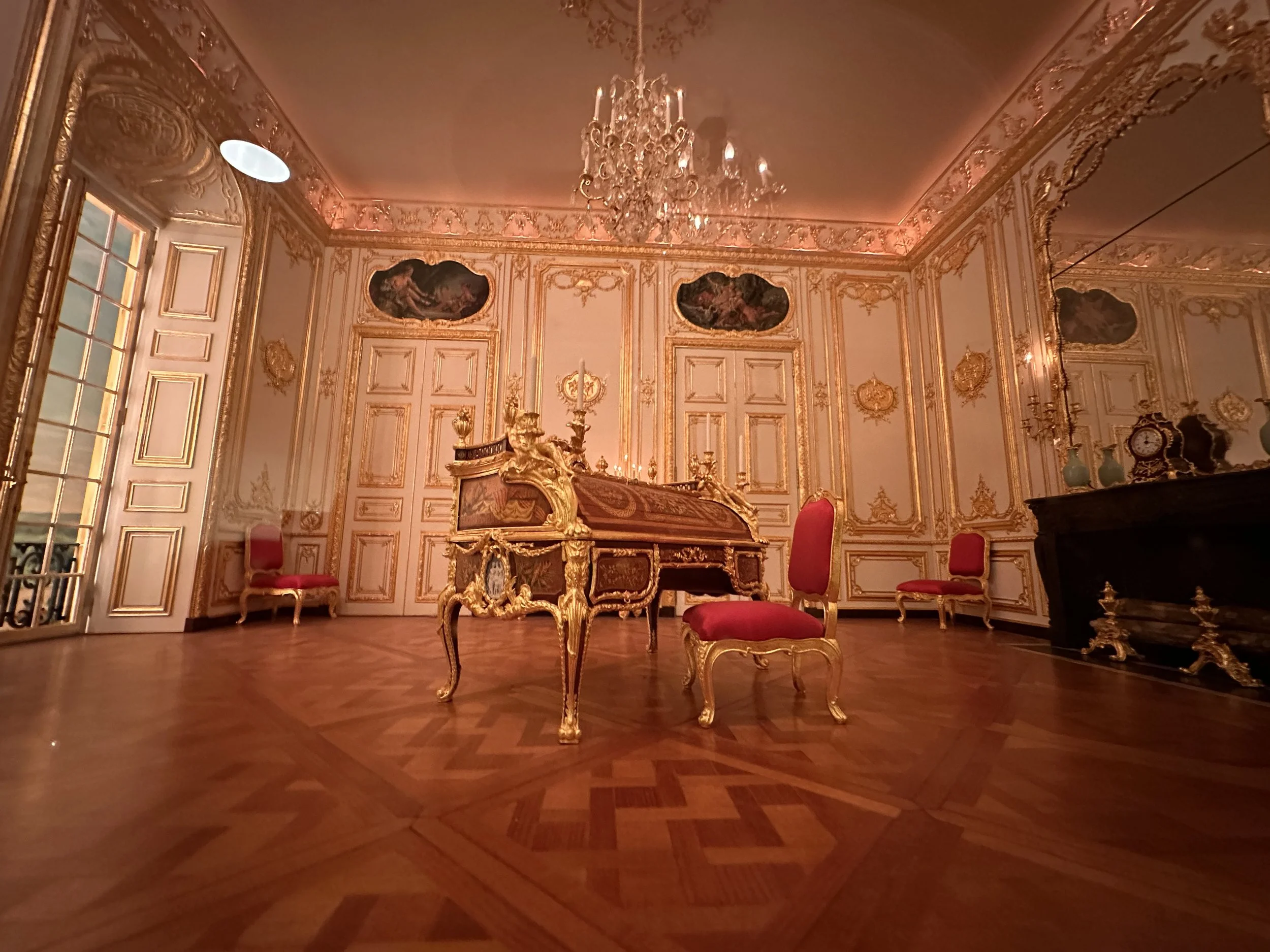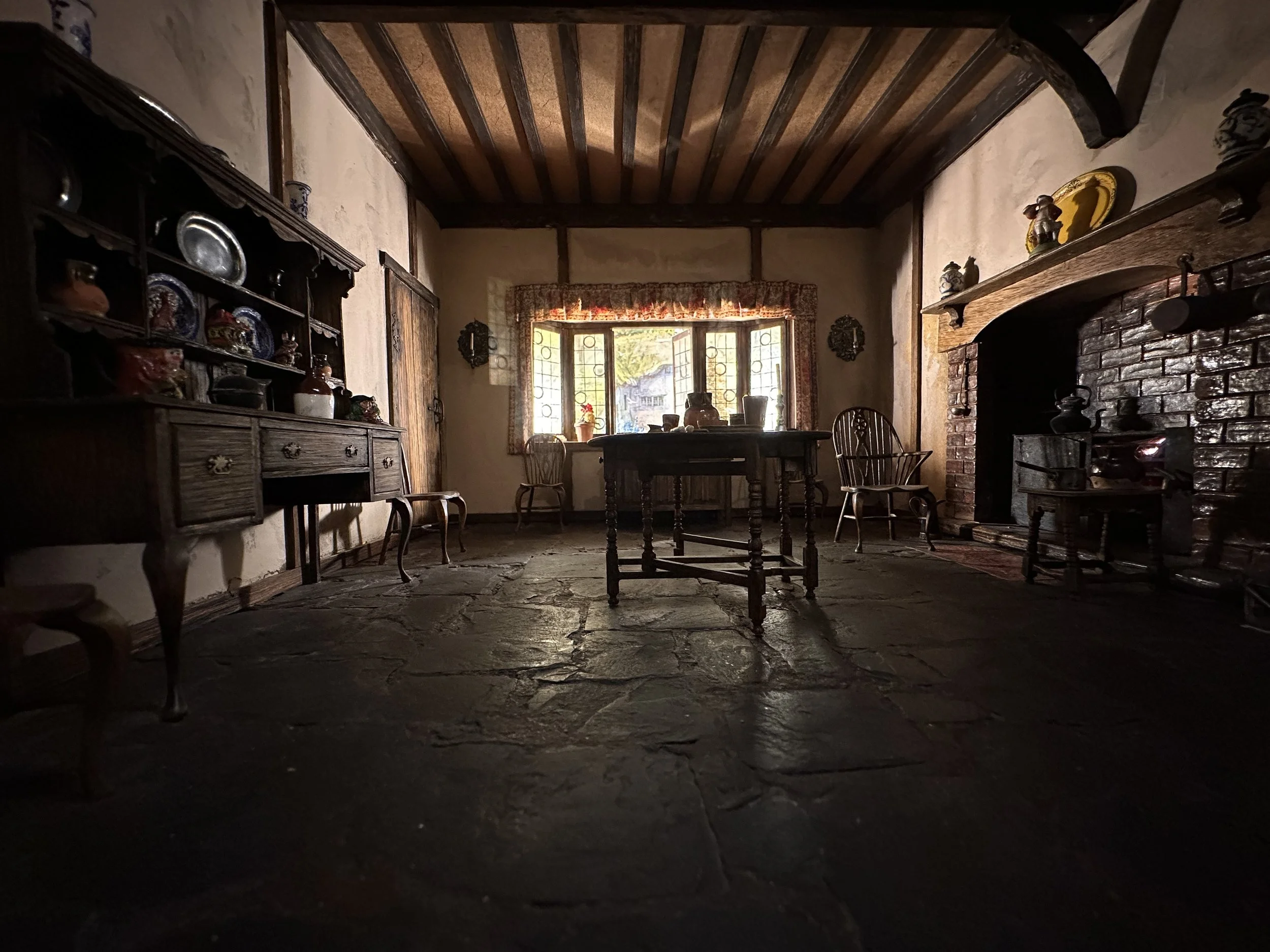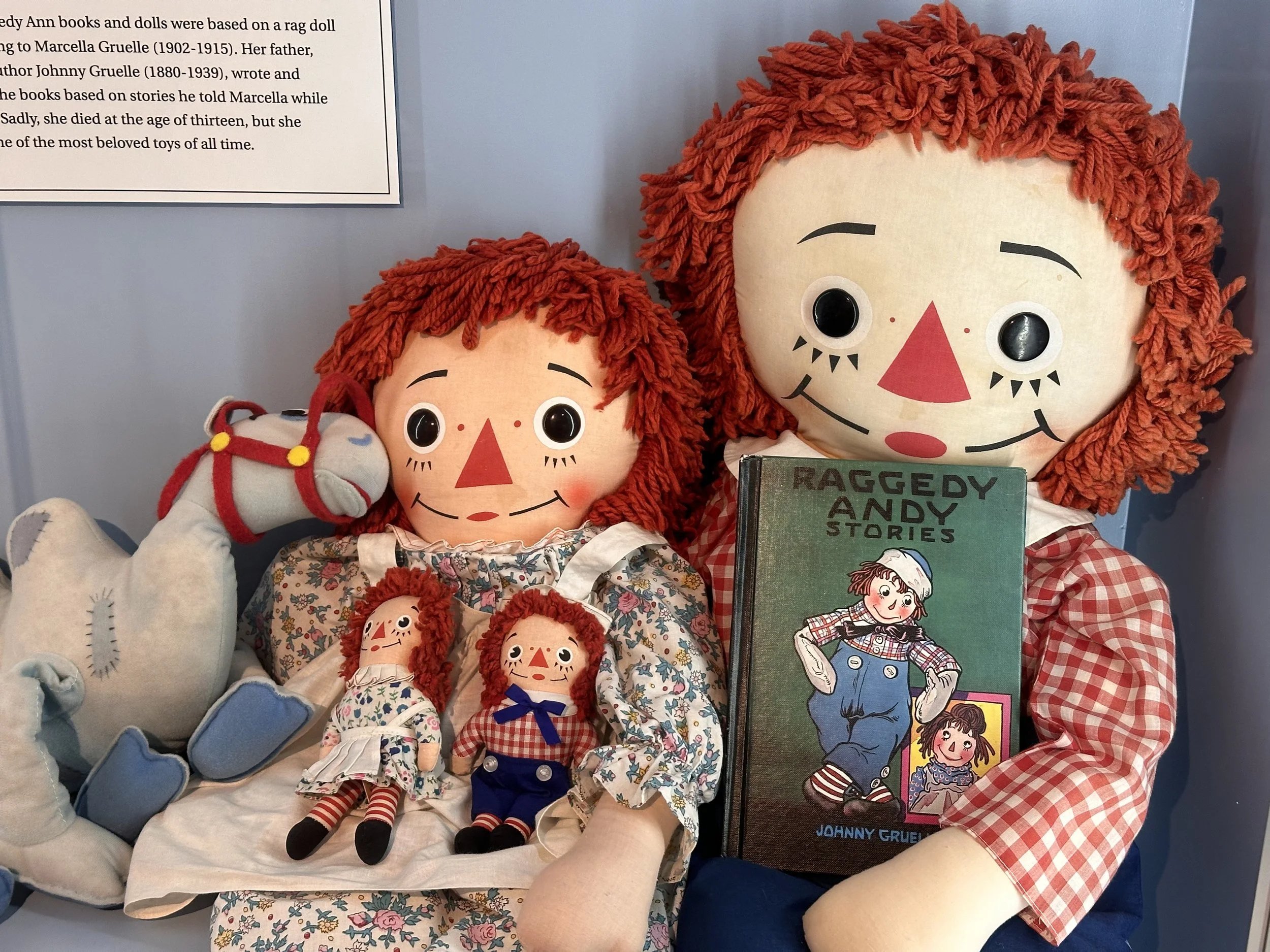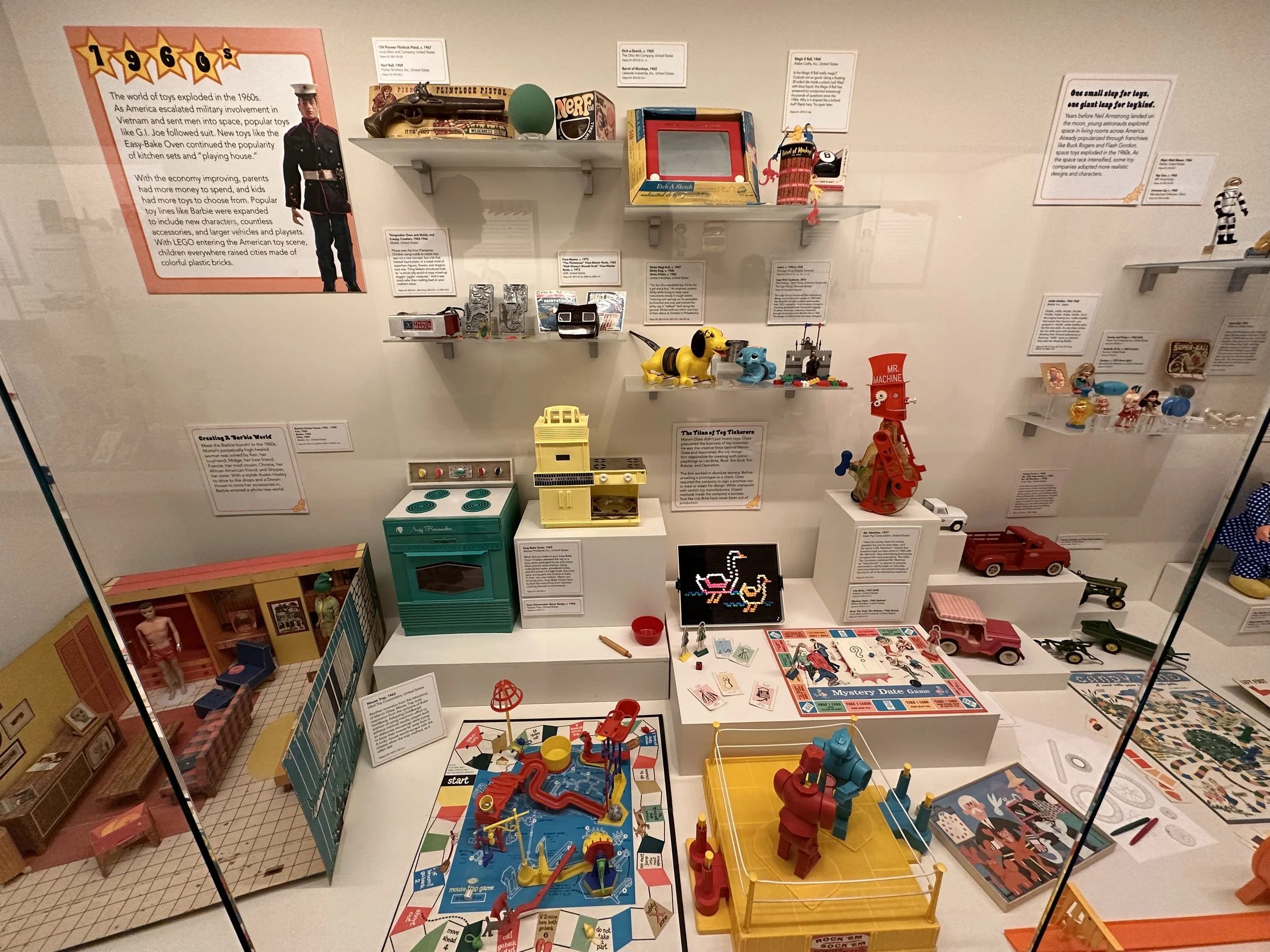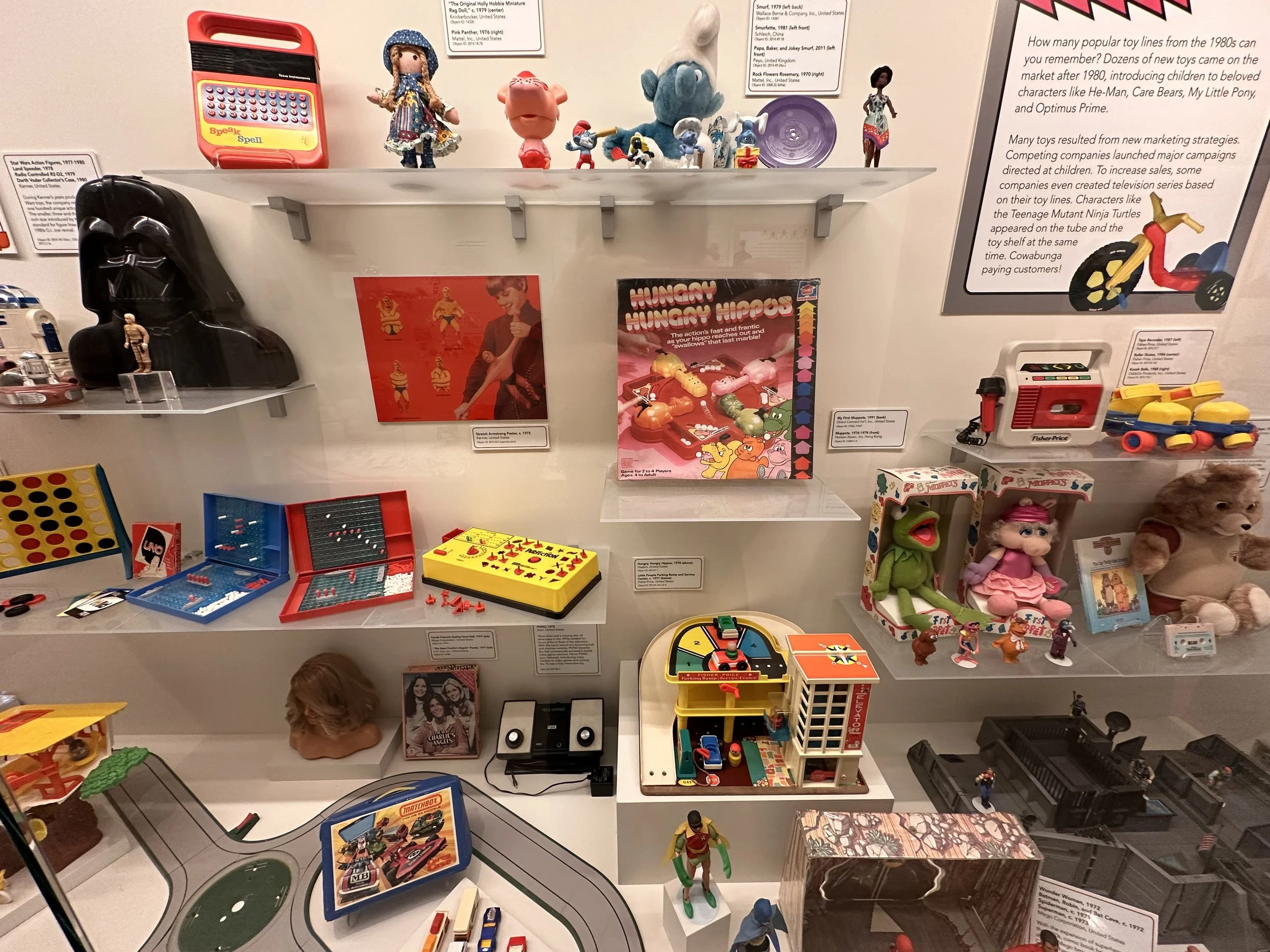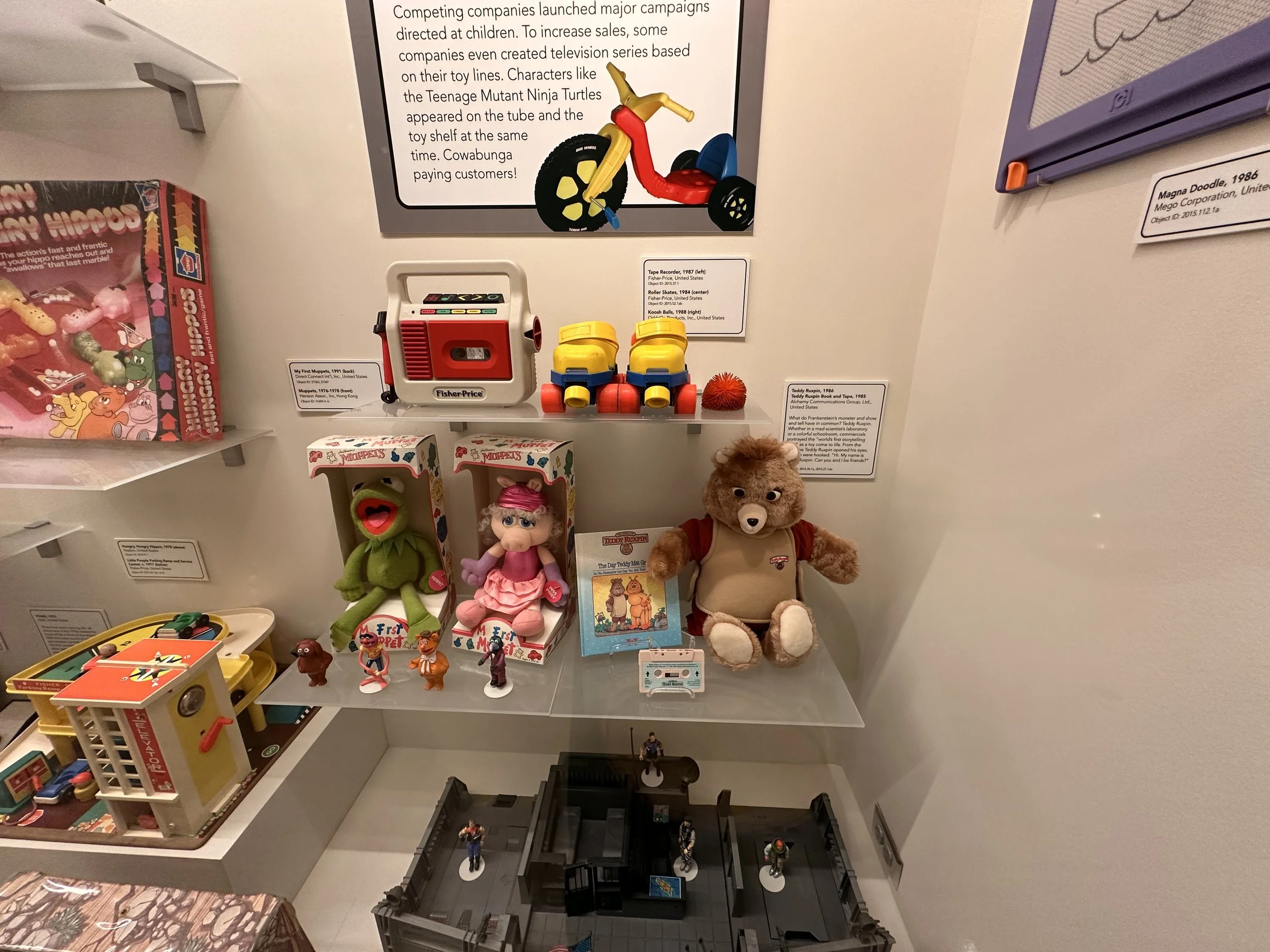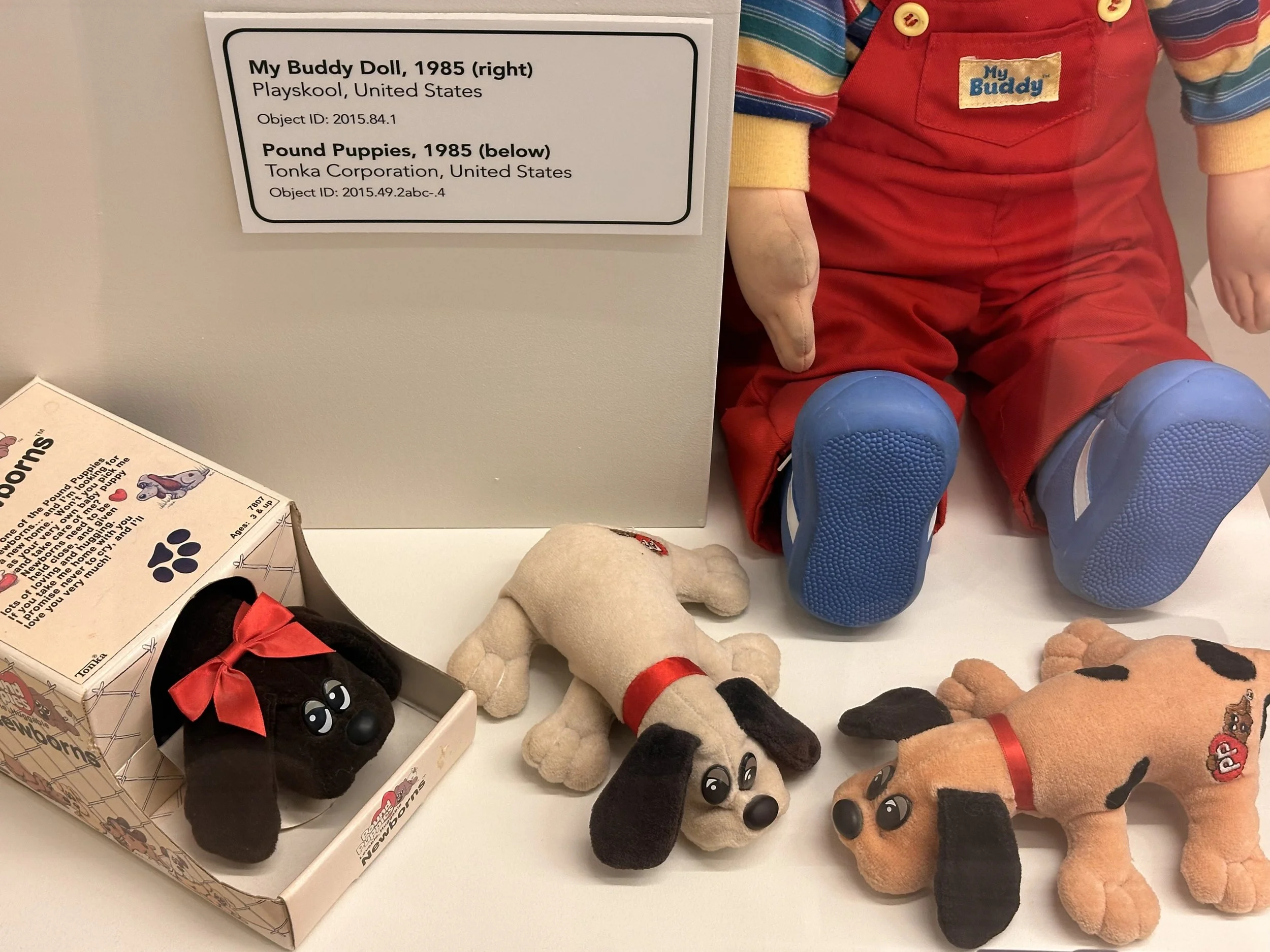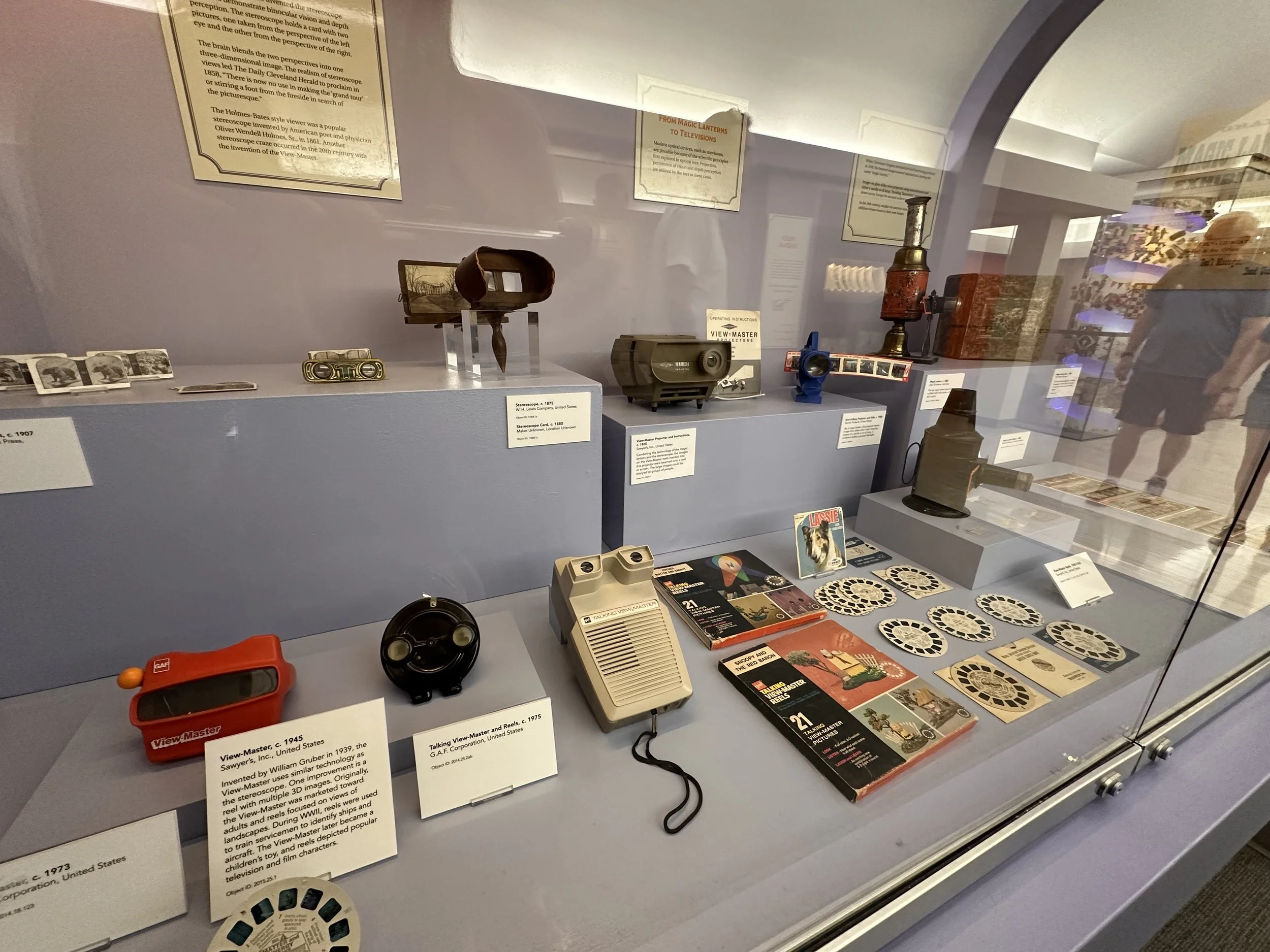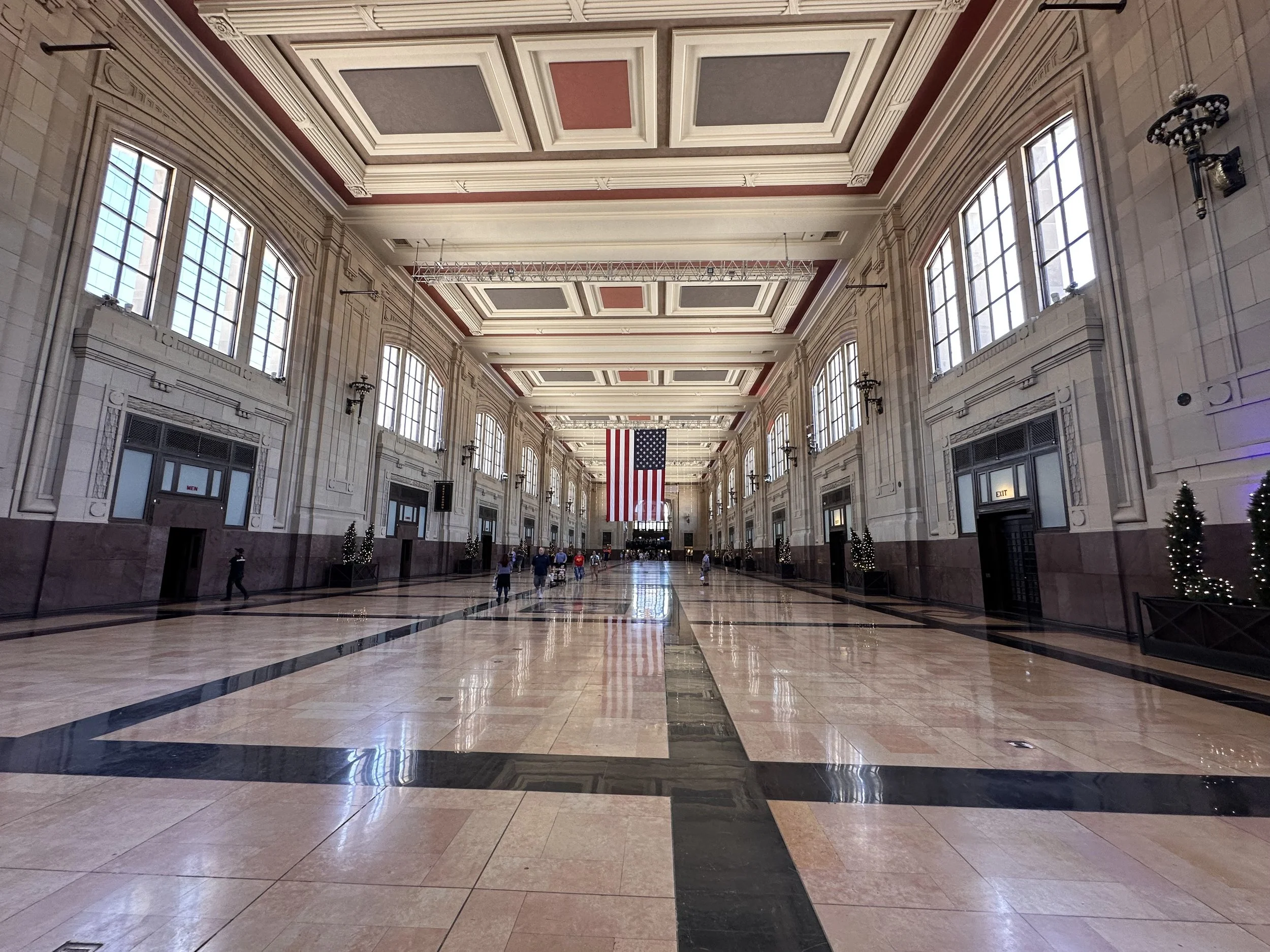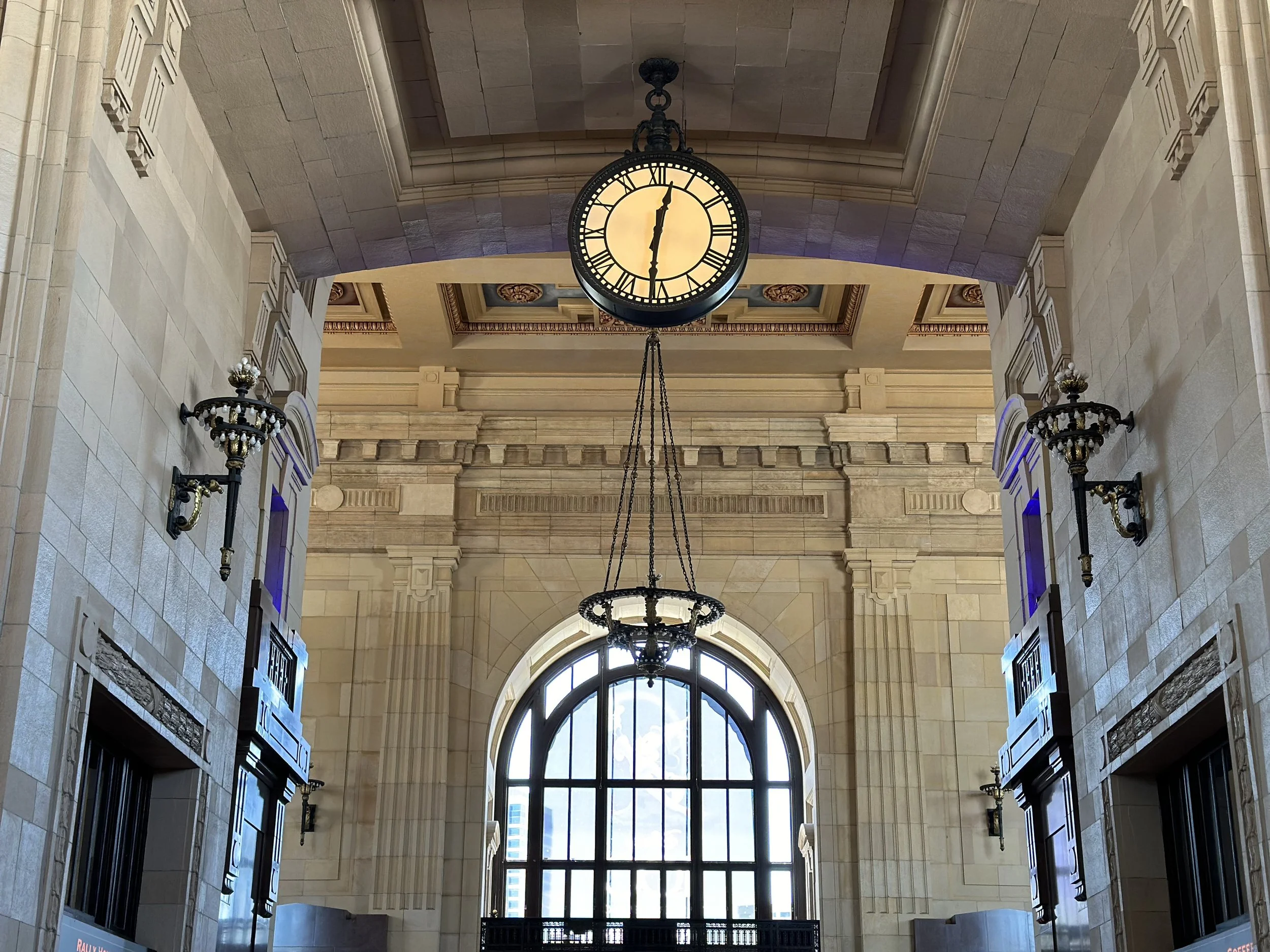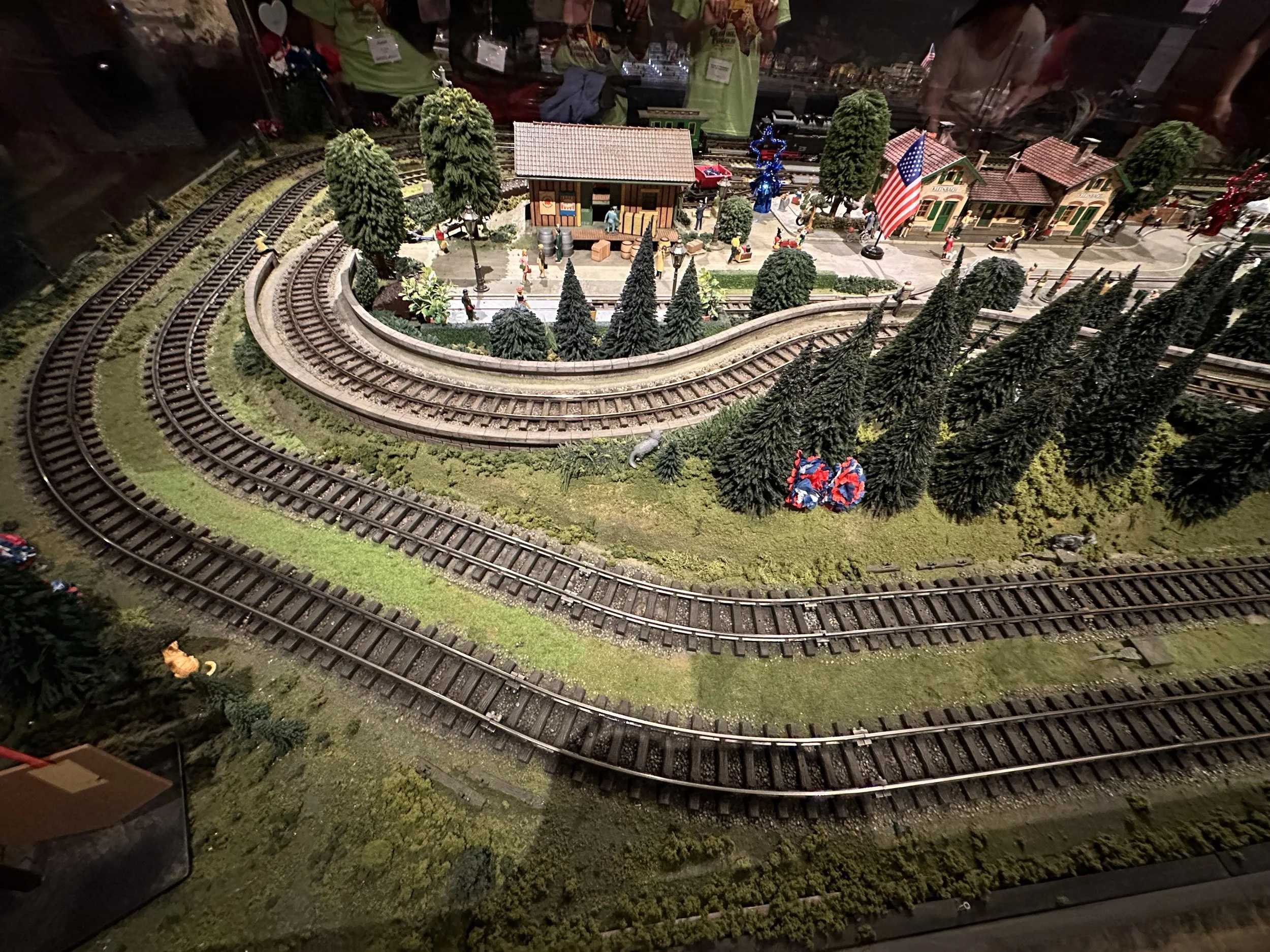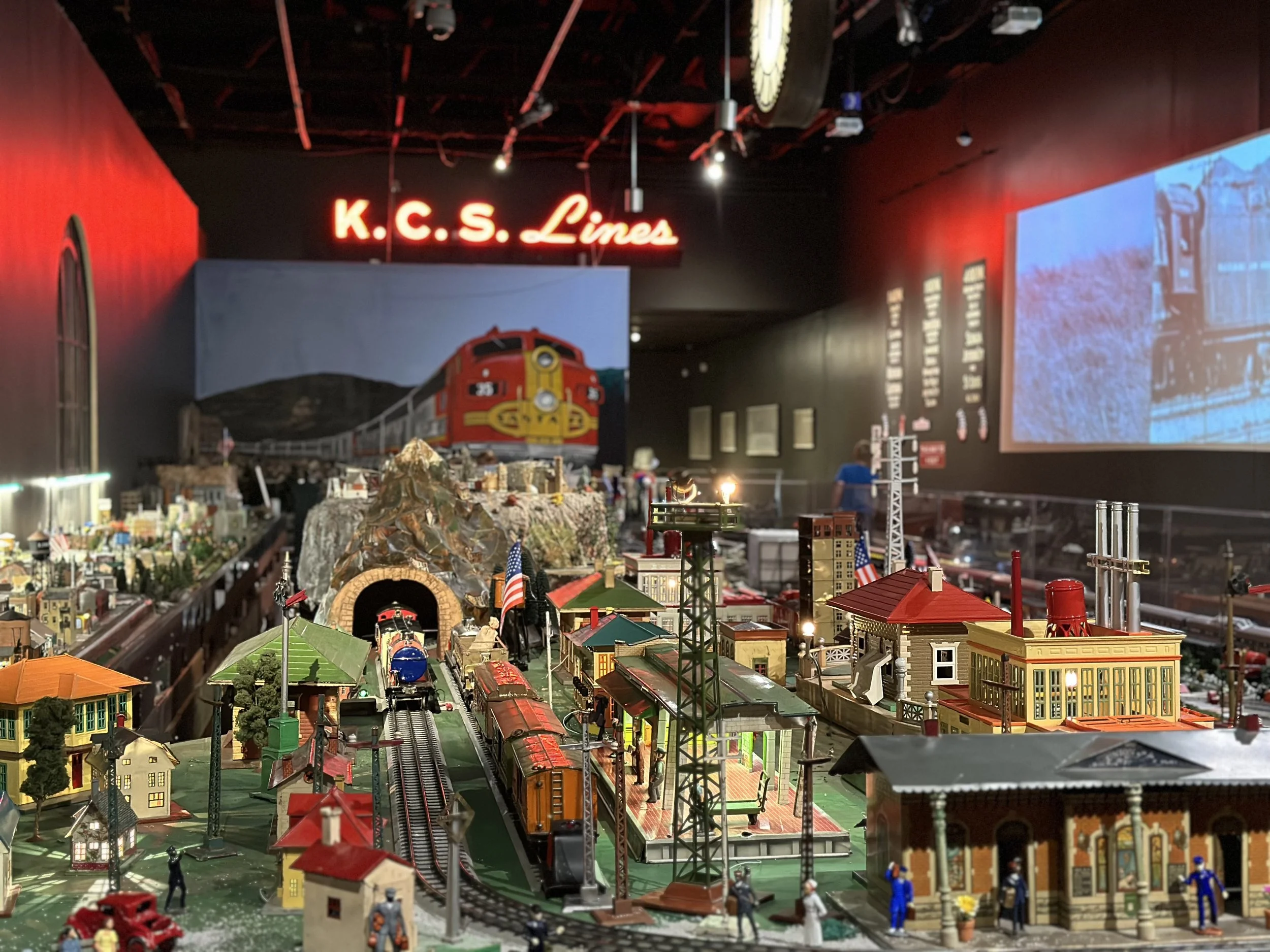Exploring Kansas City, MO
Time needed in this city: A weekend (2 nights)
Home of Taylor Swift’s boyfriend’s football team and the birthplace of bebop and improvisational jazz, Kansas City was certainly a lot more than we had expected it to be. While it boasts beautiful parks, bridges, street art, and revitalized art deco buildings, you can tell it’s still battling a dark “underworld” of uprisings, crime and drugs as it has been for nearly two centuries. While it isn’t the safest city, there are still some wonderful things to see and do, making it worth a night or two if you’re nearby,
The below information is a complete guide of the best places to stay, the top rated places to dine and drink, and all there is to see and do. We’ve also included a summary of the history of this evolving city!
Jump To:
Where to Stay
Built in 1920 as the Gate City National Bank, historically housed the bank on the first floor, commercial businesses on floors 2-5, and a very influential women’s club on the top floor. By the time Coury Hospitality brought Rosin Preservation onto the redevelopment team in 2012, the building was vacant, having languished for years as the ground floor was most recently used as a night club. A non-historic mezzanine had been inserted into the side bays of the ground floor; the upper floors had been largely gutted, leaving a historic fireplace and a two-story volume of space with a beamed ceiling of the former women’s club on the top floor. It was completed and opened in 2019.
We were upgraded to the Parlour Room, which was a beautiful and extremely spacious room!
FUN FACT: There is a 1930s-esque Jazz supper club in the basement (see Lonnie’s Reno Club in the “Where to Dine & Drink” section of this post for more).
Other recommendations
Where to Dine & Drink
Ça Va
Champagne & French nibbles served in a rustic-chic cocktail lounge with an outdoor patio.
Café Sebastienne
Stylish New American cafe in the Kemper Museum with an art-lined dining room & courtyard atrium.
Corvino Supper Club & Tasting Room
Sleek restaurant offering elegant New American fare & tasting menus, plus nightly live music.
Farina
Rustic Italian dishes by a James Beard award-winning chef in a casual setting with warm interiors.
Fox and Pearl
Country-chic eatery in a 1907 building with a terrace plating rustic meals & BBQ dishes.
Garozzo’s Ristorante
Homey Italian tavern offering classic cuisine in a large dining room with an old-school vibe.
Golden Ox
Open since 1949, this old-school chophouse serves up hearty portions of steak & classic sides.
Gram & Dun
Buzzy venue serving innovative American cuisine in a swanky but warm setting with patio seating.
Happy Gillis Cafe and Hangout
Homey haunt draws crowds with elevated breakfast & lunch fare served in a low-key setting.
Lonnie’s Reno Club
Kansas City was the birthplace of bebop and improvisational jazz, which is what made this genre so fun - especially during the 1920s and 1930s. During those times, there were over 100 jazz clubs on 18th and vine, bringing some of jazz’s greats to the world.
Lonnie McFadden, a 2nd generation jazz and tap performer (he has performed with Wayne Newton, Tom Jones, Englebert Humperdink, the Righteous Brothers and more), in partnership with the Ambassador Hotel, brought to life the supper clubs of those times by creating Lonnie’s Reno Club - a true jazz supper club experience that sells out quickly.
It is worth the price tag to take in this experience for the evening - Lonnie makes sure to greet each of his guests during the break, too!
Novel
Cozy New American offering inventive dishes made from seasonal ingredients, plus classic cocktails.
Panther's Place (Speakeasy)
Per their website, “Panthers Place is a true oasis in Kansas City’s historic Westside neighborhood. Escape into our vine covered courtyard and enjoy a classic cocktail for an outdoor experience like no other in the city.”
P.S. 1931 (Speakeasy)
Per their website, “Hidden from the long arm of Prohibition-era law, Kansas City’s speakeasies welcomed travelers and locals alike. An affectionate nod to the city’s glamorous, freewheeling nightlife in days gone by, P.S. is Hotel Phillips’ contemporary incarnation of the 1930s speakeasy.”
Q239
Nearly everyone in Kansas City we’ve met has suggested Q239 for incredible BBQ. Having won multiple awards, we get why it’s a favorite of the town!
Stock Hill Steak
Contemporary steakhouse meals are paired with cocktails, wine & craft beer in a fashionable setting.
The Antler Room
A stylish locale offering seasonal Mediterranean plates plus beer, wine & cocktails.
The Campground
Per their website, “An intimate aperitivo cocktail bar and restaurant located in the historic Stockyards District of Kansas City. Our food is sourced locally whenever possible; and with an influence of hunted, fished and foraged ingredients, The Campground offers a nostalgic dining experience. The menu is constantly evolving while staying focused on whole product use.”
The Parlour at Monarch Bar (Speakeasy)
Per their website, “Our highly curated spirits collection complements the exquisite cocktail menu which rotates seasonally and draws inspiration from the works of various artists. We kindly request the limited use of your cell phone in the Parlour.”
The Russell
Easygoing restaurant serving homestyle cooking, grills & burgers, plus cakes, cookies & cocktails.
The Savoy
Classic cocktails with bar & banquette seating in a modern setting with elevated American fare.
The Ship - A speakeasy open since 1935!
A simple exterior gives way to this cool speakeasy offering classic cocktails & live entertainment.
Town Topic Hamburgers
In 1937, Claude Sparks opened a little white diner at 2442 1/2 Broadway in downtown Kansas City and began selling hamburgers for 5 cents each. 75 years later Town Topic Hamburgers has established itself as an iconic piece of Kansas City history. Come in and experience the great food and atmosphere that is the same today as it was back then at this authentic American diner.
Things to See & Do
1950s All-Electric House
Per their website, “Nestled within the museum's signature exhibition Becoming Johnson County, visitors will encounter the 1950s All-Electric House. Built in 1953, by the region's local electric company, the all-electric house, exemplified ideals about “modern American family living” and the dream many Americans were seeking in moving to the suburbs. Not all who wanted that lifestyle were welcome however -- economics and discrimination prevented some people from realizing this vision of the American Dream. A mere forty years after it was built, this ‘house of the future’ became an integral exhibit within the museum to better understand race and class in America.”
NOTE: The Johnson County Museum is located in Overland Park, Kansas, about a 25-minute drive from downtown Kansas City, Missouri. Parking is free.
American Jazz Museum
The American Jazz Museum is located in the historic 18th and Vine district of Kansas City. The museum preserves the history of American jazz music, with exhibits on Charlie Parker, Duke Ellington, Louis Armstrong, Ella Fitzgerald and others.
One of the significant items on display is the Graphon alto saxophone played by Charlie Parker at the famous January, 1953 Massey Hall concert in Toronto with Max Roach, Dizzy Gillespie, Charles Mingus and Bud Powell. In addition to the many historical exhibits, visitors can learn about different styles and rhythms of jazz at the multiple listening station exhibits.
Nested within the museum is a fully functioning jazz club, The Blue Room, which holds live performances multiple nights a week. Designed to look like a 1930s nightclub and named after the Street Hotel's Blue Room, which was famous in the 1930s and 1940s in the segregated district. During that era, jazz clubs were open 24 hours a day.
Arabia Steamboat Museum
The Arabia Steamboat Museum is a history museum in Kansas City, housing artifacts salvaged from the Arabia, a steamboat that sank in the Missouri River in 1856. The 30,000-square-foot museum opened on November 13, 1991, in the Kansas City River Market. The partners of River Salvage Inc., who excavated the Arabia and opened the museum, claim to have the largest single collection of pre-Civil War artifacts in the world.
Concorde Nose
Tucked behind one of the homes along Ward Parkway is the nose of a Concorde aircraft, contained within a glass enclosure and easily visible from the road. So, how did it get there?
Of the 20 total aircraft built, some were used for research, and one was used for high-altitude metal fatigue testing. This special Concorde (that broke the sound barrier countless times) was later dismantled with some of the parts being sold and ending up at auction. Farhad Azima, an aviation enthusiast and former airline executive, acquired the Concorde nose section at auction, in London, in the 1990s… because he wants to one day be buried in it.
HOW TO GET THERE: Visitors can get a glimpse while driving by on Ward Parkway, or park along W 59 Terrace and use the public sidewalk to view it from either street.
Country Club Plaza
Opened in 1923, the Country Club Plaza (often called The Plaza) is a privately owned regional shopping center in the Country Club District of Kansas City. It was the first planned suburban shopping center and the first regional shopping center to accommodate shoppers arriving by car. It comprises of high-end retail establishments, restaurants, and entertainment venues, as well as offices.
Boy and a Frog Fountain
Just outside a Starbucks on a nondescript street corner, you’ll come across a strange little fountain featuring a naked boy and a large frog.
Though it appears the chubby child is gleefully peeing into the frog’s mouth, the amphibian is actually the one spitting the water. Crouching below the boy and his frog friend is a grumpy-looking fawn, riding atop a dolphin, who looks none too pleased to be stuck holding up the marble basin.
The odd artwork was purchased from Florence, Italy, where it was crafted by sculptor Rafello Romanelli. It was installed in 1929.
day trip to Weston, MO
An ex-Dragoon soldier, Joseph E. Moore, from Fort Leavenworth, came to Weston in 1848 and established a residence. Two years later, when 300 steamships a year docked at the Port of Weston, it had about 5,000 residents. Today, this charming little town has nearly 1600 residents and all 22 blocks are on the National Historic Registery. It’s absolutely worth driving the 30 minutes from Kansas City to see!
Ernie Miller Park & Nature Center
Ernie Miller Park is JCPRD's 116-acre nature park consisting of a diverse range of habitats including tall grass prairies, upland meadows, bottom land forest and a beautiful stream to explore.
Ernie Miller Nature Center provides a laboratory for learning, understanding, and admiring nature. Discover more about the park's plants, animals and history by visiting the center's new exhibit gallery featuring live animal displays and interactive exhibits.
Independence Temple
The Temple in Independence, Missouri, is a house of worship and education "dedicated to the pursuit of peace". It dominates the skyline of Independence and has become the focal point of the headquarters of the Community of Christ (formerly the Reorganized Church of Jesus Christ of Latter Day Saints). The temple was built by the Community of Christ in response to a revelation, presented at their 1984 World Conference by church prophet-president, Wallace B. Smith, that the culmination of instructions shared over the course of more than 150 years by prior prophet-presidents recognized by the Community of Christ. Groundbreaking for the temple took place on April 6, 1990, and the completed structure was dedicated on April 17, 1994.
Kansas City Library's Community Bookshelf
The Central branch of the Kansas City Library’s garage isn’t any ordinary garage. It boasts a 25 ft.-high façade of some rather popular books. Community members and patrons were asked to vote on the titles to be displayed and the ones chosen reflect a wide range of famous literature. Titles of the 22 volumes (here’s a full list) represented include “The Lord of the Rings” by J. R. R. Tolkien and “Fahrenheit 451” by Ray Bradbury among many others.
Kansas Speedway
Kansas Speedway is a 1.500-mile tri-oval intermediate speedway in Kansas City. Since its inaugural season of racing in 2001, the track has hosted a variety of racing series, including NASCAR, IndyCar, and the IMSA SportsCar Championship.
Kauffman Center for the Performing Arts
Opened in 2011, the center houses two venues: the 1,800-seat Muriel Kauffman Theatre, home of the Kansas City Ballet and Lyric Opera of Kansas City; and the 1,600-seat Helzberg Hall, home of the Kansas City Symphony Orchestra. Both venues host a variety of artists and performance groups, in addition to these three resident entities.
Kauffman Stadium
Kauffman Stadium is home to the Kansas City Royals of Major League Baseball. An All-Star Tour takes guests to areas not normally open to the public. Learn about Kauffman Stadium, the Kauffman Stadium water spectacular and the history of baseball in Kansas City dating to the 1800s.
Want to attend a game? Click here,
Kemper Museum of Contemporary Art
Opened in 1994, The Kemper Museum permanent collection includes more than 1,400 works, created after the 1913 Armory Show, to works by present-day artists. Artists in the permanent collection include artists, such as Jackson Pollock, Nancy Graves, Dale Chihuly, Georgia O'Keeffe, and many more.
In 2000, the museum received 15 works by artists, including the photographer, Nan Goldin, from the collection of Peter Norton. Along with the collection, the museum also maintains a schedule of self-organized and traveling exhibitions. Each year, the museum presents 10–12 special exhibitions in its galleries.
Loose Park
Loose Park has a lake, a shelter house, Civil War markers, tennis courts, a water park, picnic areas, and a Rose Garden. The Rose Garden hosts all types of outdoor special events, including theatrical performances and wedding ceremonies. The Japanese Tea Room and Garden is a small traditional Japanese garden conceived as a cultural exchange between the sister cities of Kurashiki, Japan and Kansas City, Missouri.
Majors House
Built in 1856, the Alexander Majors House originally served as the base of operations for Majors’ overland shipping company, Russell, Majors & Waddell. Majors was instrumental in the opening of the west, both because of his freighting company and his co-ownership of the Pony Express. Visitors will learn about his life and businesses, as well as westward expansion and nineteenth century life.
Negro Leagues Baseball Museum
The Negro leagues were U.S. professional baseball leagues comprised of teams of African Americans.
In the late 19th century, the baseball color line developed in professional baseball, excluding African Americans from league play. The first league, the National Colored Base Ball League, was organized strictly as a minor league but failed in 1887 after only two weeks, owing to low attendance.
After several decades of mostly independent play by a variety of teams, in 1920, the first Negro National League was formed with seven major leagues existing over the next 30 years. After integration, the quality of the Negro leagues slowly deteriorated and the Negro American League of 1951 was considered the last major league season. The last professional club, the Indianapolis Clowns, operated as a humorous sideshow rather than competitively from the mid-1960s to the 1980s.
In December 2020, Major League Baseball announced that based on recent decades of historical research, it was added to the six historical "major league" designations it made in 1969. It classified the seven "major Negro leagues" as additional major leagues, thus recognizing statistics and approximately 3,400 players who played from 1920 to 1948.
The Negro Leagues Baseball Museum (NLBM) is a privately funded museum dedicated to preserving the history of Negro league baseball in America. It was founded in 1990, in Kansas City, in the historic 18th & Vine District, the hub of African-American cultural activity in Kansas City during the first half of the 20th century. The NLBM shares its building with the American Jazz Museum.
Nelson Atkins Museum
The Nelson Atkins Museum was built on the grounds of Oak Hall, the home of Kansas City Star publisher William Rockhill Nelson. When he died in 1915, his will provided that upon the deaths of his wife and daughter, the proceeds of his entire estate would go to purchasing artwork for public enjoyment. Ground was broken in July 1930, and the museum opened December 11, 1933. It has expanded a few times since then.
The Holy Finger of Kansas
A glass vial among the gold and silver religious objects holds what is a human finger bone that is said to be that of John the Baptist. This artifact was purchased by the Nelson Trust.
John the Baptist’s right hand, the one with which he baptized Jesus, is said to be in the Serbian Orthodox Church in the Cetinje monastery in Montenegro. What is supposedly his head can be found in the Amiens Cathedral in France and other remains attributed to him (including a knuckle bone, an arm, and a tooth) were found in Bulgaria.
Take a BBQ Tour
You will go on a taste adventure sampling barbecue from world-famous BBQ restaurants and “hidden gem” BBQ joints. You’ll get to taste delicious smoked meats, savory sauces, and crunchy sides – all while learning about the history and culture of Kansas City BBQ. The knowledgeable guides will take you on a taste adventure that you’ll never forget.
The National Museum of Toys and Miniatures
Opened in 1982, the museum boasts 33,000 sq. ft. of 72,000 fine-scale miniatures and one of the nation's largest collections of antique toys on public display.
At its origin, the Museum combined the toy collection of Mary Harris Francis with the fine miniature collection of Barbara Hall Marshall - the two women were avid collectors, as well as lifelong friends.
The National Museum of Toys and Miniatures is located on the campus of the University of Missouri Kansas City.
OUR TAKE: This was the coolest thing we could have done in Kansas City, bringing out not just a childlike wonder at these miniatures and dollhouses, but also a deep nostalgia for the toys of our childhood! It is absolutely worth going to!
TWA Museum
In 1930, two passenger carriers and mail carriers merged to form the first airline. First dubbed Transcontinental and Western Air, TWA was picked up by icon Howard Hughes, in 1939. From there, the airline set off to break barriers in travel—international routes, hot brewed coffee, and flight attendants being a few of the firsts brought to travelers by TWA. One of the first flight attendant uniforms is even on display.
How the Museum Started
Instrument Shop mechanic, Tom Perry, collected TWA items for many years and displayed them throughout the Trans World Airlines MCI Overhaul Base. TWA eventually donated a large space for his collection, near the employee cafeteria, in the MCI Overhaul Base, and a special case was built. From there, the TWA Museum opened.
Our Experience
First, the entrance is a little hard to find. You need to go through the flight center’s main doors, then follow the signs to the back left of the building. Once inside, it is absolutely amazing how much there is to see. The memorabilia can be viewed without a tour but the best parts are with a tour guide as you cannot go into the airplane hangar without them. In this case, we were lucky to have a guide that actually worked for TWA as the purser of each flight.
Some “fun” facts:
Amelia Earhart flew their research planes many times over - it can be viewed in the hangar (along with other private planes that happen to be in there - yes, the same hangar that Taylor Swift’s plane may be in when she’s in town).
All pilots were taught in sensory-deprivation simulators to ensure they were not using their senses to navigate a flight (which can be deceiving). They have a few of these on display.
Female flight attendants were only allowed 6 saltine crackers and a cube of bullion as their meals, in order to maintain their weight (ex: at 5’6 hip circumference must be no more than 37” and their weight could be no more than 131 lbs . Male flight attendants could eat whatever they wanted.
Flight attendants must be unmarried and had to be less than 30 years old. When they hit their 30th birthday, they were let go.
Flight meals for passengers used to be 3 courses and they had their choice of each course.
When smoking was banned on planes, the flight attendants had the key to the cockpit and would go in there to smoke with the pilots. Keys were taken away after 9/11.
The museum has decided to put together an unofficial classroom-style flight school for high schoolers of which they will get a TWA certificate. They will also be recreating the three-course meals experience in a Transworld plane, complete with flight attendants in the historic uniforms, soon!
This is definitely a must-see!
Union Station
Built in 1910 and opened in 1914, Union Station opened with large demand (its peak at 271 trains in one day during WWI). However, like most rail traffic in the 1960s - 1980s, it declined sharply with many businesses closing and the building, itself, starting to decay. It wasn’t until 1996 that motions were passed to be able to restore the structure while also bringing it back to life with a different concept. Today, it includes shops, restaurants, theaters, exhibits (train history included), and Science City, an interactive science center.
Wornall House Museum
The Wornall House was built in 1858 by John B. Wornall with bricks hand-fired on the Wornalls' property. It is one of the four remaining Civil War-period homes in the Kansas City area.
John Wornall's father, Richard Wornall, had owned a mule- and horse-trading business in Shelbyville, Kentucky, which ran into financial difficulties. In 1843, Richard Wornall sold 640 acres of Shelby County land, 13 slaves, and most of his livestock and possessions to settle debts totaling almost $25,000. With the rest of his money, Richard Wornall, his wife Judith, and their two sons, George Thomas and John Bristow, moved to Westport, Missouri. Upon arrival, there in October 1843, Richard Wornall purchased five slaves and a 500-acre farm from the town's father, John Calvin McCoy. The land, for which Wornall paid $5 per acre, stretched between present-day 59th and 67th streets, State Line, and Main Street in what is now Kansas City.
Richard and Judith's second son, John B. Wornall, eventually inherited the property and built the present house for his second wife, Eliza S. Johnson Wornall.
During the American Civil War, the Wornalls' home was used as a field hospital for both the Union and Confederate forces after the Battle of Westport.
A History Summary
1714 - 1713 - Étienne de Veniard, Sieur de Bourgmont, who was also the first European to explore the lower Missouri River, wrote two papers, documenting the junction of the Kansas and Missouri rivers.
1723 - Bourgmont built Fort Orleans.
1724 - Bourgmont led a group of Native Americans, up the Kansas River, to set up an alliance with the Comanche to fight the Spanish, thereby creating a New France empire, extending from Montreal, through Kansas City, to New Mexico.
1763 - The Spanish took over the region in the Treaty of Paris but didn’t play a major role in the area, other than taxing and licensing all traffic on the Missouri River. The French continued their fur trade on the river under Spanish license.
1804 - Lewis and Clark camped for three days at the confluence of the Kansas and Missouri rivers. During their stay at the confluence of the Missouri and Kansas, they met French fur traders and mapped the area of Quality Hill in what would eventually become Kansas City.
1821 - Congress admitted Missouri to the union as the 24th state and the first colony to establish itself in Kansas City was French.
1826 - 1836 - The Prophet Tenskwatawa established a village in Argentine, Kansas. During 1833, only the Black Bob's band of Shawnee resisted the relocation efforts. They settled in northeastern Kansas, near Olathe and along the Kansas River in Monticello, near Gum Springs. Tenskwatawa died in 1836 at his village in Kansas City.
1831 - Moses Grinter established a ferry on the Kansas River, on the old Indian trail by the Kaw's water. Grinter was one of the earliest permanent white settlers in the Kansas City.
1838 - 1839 - McCoy, Chouteau, and other merchants formed the Town of Kansas Company and purchased Prudhomme's 271-acre farm for $4,220 (equivalent to about $121,000 in 2023).
1840s - The population and importance of Kansas swelled as it and nearby Independence and Westport, became starting points on the Oregon, Santa Fe, and California trails for settlers heading west.
1847 - The first railroad came to Kansas.
1850 - Kansas City was founded with 1,500 inhabitants. The first newspaper (the now-defunct Kansas City Ledger) and first telegraph service were established as well.
1853 - City of Kansas was officially incorporated.
1854-1855 - The United States Congress passed the Kansas–Nebraska Act, which rejected the 1820 Missouri Compromise and allowed new territories to choose whether they wished to allow slavery, whereas the Missouri Compromise had prohibited slavery in any new states to be created north of latitude 36°30'. This created a conflict called “Bleeding Kansas”.
1857 - The city gained a courthouse, city market, and chamber of commerce.
1858 - The local violence (over slavery) had grown so fierce that the Kansas Territorial Governor and the State of Missouri both asked U.S. President James Buchanan to send in federal troops, which he did, and it stopped.
1861 - 1865 - The City of Kansas and its immediate environs became the focus of intense military activity. The First Battle of Independence resulted in a Confederate victory, but the Southerners were not able to follow it up in any meaningful way, as the City of Kansas was occupied by Union troops and proved too heavily fortified for them to assault.
1863 - William Quantrill sacked and burned Lawrence, killing 168 people in what was called the “Lawrence Massacre”. The collapse of a makeshift prison in Kansas City, holding women associated with bushwhackers, was one of Quantrill's motivations for the massacre.
1864 - Sterling Price invaded Missouri in a last-gasp Confederate offensive called Price's Raid. He pushed Union troops out of Independence in the Second Battle of Independence and into the City of Kansas, resulting in the pivotal Battle of Westport in October of that year near Brush Creek.
1865 - The Missouri Pacific railroad reached Kansas City.
1869 - The Hannibal Bridge opened, which quadrupled the population of the city.
1871 - The Kansas City Stockyards boomed in the West Bottoms because of their central location in the country and their proximity to trains. They became second only to Chicago's in size, and the city itself was identified with its famous Kansas City steak.
1880 - The Kansas City Star was founded.
1881 - Kansas enacted statewide prohibition however, in Kansas City, it wasn’t. Thus, residents on the Kansas side of the area, who wished to drink, simply went across the state line to Kansas City, Missouri, to the many saloons and taverns there.
1887 - Long-Bell Lumber Company was formed.
1889 - With a population of around 130,000, the city adopted a new charter and changed its name to Kansas City.
1901 - Famous temperance crusader, Carrie A. Nation, came to Kansas City and began to enter the saloons on 12th Street and smash liquor bottles with her hatchet. When she entered Flynn's Saloon on April 15, she was promptly arrested, hauled into Police Court, fined US$500 (equivalent to $18,312 in 2023), and ordered by a judge to leave Kansas City and never return.
1907 - Robert A. Long built the R.A. Long Building, the first steel framed skyscraper, in Kansas City.
1919 - When prohibition was finally imposed on Missouri, by means of the 18th Amendment and the subsequent Volstead Act, Kansas City remained essentially unaffected, mostly due to the Pendergast machine and the fact that the federal prosecutor was on their payroll.
1920s - Country Club Plaza was built and opened, which is still a popular shopping and dining destination today.
1890 - 1940 - James and Thomas Pendergast were the big bosses of the city and ensured the city would thrive.
Early 20th century - J.C. Hall founded greeting card company, Hallmark Cards, with his brother Rollie by first selling Valentine's Day cards. He expanded the corporate headquarters into Crown Center shortly before he died in 1982. Also, Henry Perry introduced Memphis-style BBQ.
1914 - A new train station was built.
Early 1920s - Walt Disney moved to Kansas City with his family and attended weekend classes at the Kansas City Art Institute. He was said to have been inspired to make the affectionate depiction of a mouse after seeing one in his office in Kansas City. After World War I, Disney ran his first animation studio at the Laugh-O-Gram Studio from 1921 to 1923 Kansas City.
1930s - 1940s - Charles Lindbergh helped lure the newly created Transcontinental & Western Airline (TW&A) – later Trans World Airlines (TWA) – to locate its corporate headquarters in Kansas City, because of the city's central location. During the latter part of the Golden Age of Aviation, TWA was known as "The Airline Run by Flyers". With about 300 employees prior to World War II, the airline eventually employed more than 20,000 people from the metropolitan area.
1932 - Kansas City also became a center for nightlife and music, with jazz by musicians such as Count Basie and Charlie Parker, and blues flourishing in areas such as 18th and Vine.
1933 - Three gangsters attempted to free Frank Nash from FBI custody, but wound up killing him and four unarmed agents. This is known as the Union Station massacre.
1939 - Pendergast was ultimately defanged with an income tax evasion charge.
1945 - Harry S. Truman (a Missourian) was elected President after unofficially taking over when Roosevelt died. They say his election was swayed by the Pendergasts’ influence.
1946 - Gates Bar-B-Q was opened by George W. Gates. It is the only remaining family-owned barbecue restaurant in the area. It is also the only sauce and product manufacturer based in Kansas City.
1950s - Railroad was on a sharp decline, due to automobiles and jet engines.
1951 - The Kansas City Stockyards were destroyed in the Great Flood and never fully recovered.
1955 - Kansas City formally began its relationship with major league sports when the Philadelphia Athletics relocated to the city, becoming the Kansas City Athletics, playing at Municipal Stadium.
1960s - Due to rapid urban decay of many inner city neighborhoods, many historic buildings were demolished to make way for parking lots, and office buildings. The area became primarily for business rather than for everyday city life.
1966 - A bond was issued to move the city's main airport, from Kansas City Downtown Airport to the TWA Kansas City Overhaul Base, at what was formerly called Mid-Continent International Airport – now called Kansas City International Airport.
1967 - The Kansas City Chiefs participated in the first Super Bowl, losing to the Green Bay Packers. That year, Charlie Finley got permission to move the Kansas City Athletics out of the 1923-era Municipal Stadium. The city responded to these developments by approving a bond issue to build the Truman Sports Complex on the extreme suburban eastern edge of the city by the intersection of Interstates 70 and 435. The construction of the complex was so successful that many stadiums have been designed in accordance with the Truman Complex master plan.
1968 - The riot that followed the assassination of Martin Luther King Jr. continued on a large scale, ironically, re-segregating the city even further than it was before the Civil Rights Movement.
1969 - After Charlie Finley moved the Kansas City Athletics to Oakland, California, Missouri Senator Stuart Symington threatened to remove professional baseball's antitrust exemption. Major League Baseball responded by awarding an expansion team to Kansas City - The KC Royals.
1972 - The Chiefs played their first game at Arrowhead Stadium, the city also acquired the NBA team, the Cincinnati Royals; and the new airport was opened.
1973 - The Royals moved into their new home in Truman Sports Complex at Royals Stadium.
1974 - The first arena was built for NBA games, as well as conventions. The hockey team, Kansas City Scouts, were acquired and began playing at the arena.
1977 - 16 inches of rain fell on Kansas City, causing severe flooding across the entire region. The most dramatic flooding was in the Country Club Plaza neighborhood, along Brush Creek. The storm killed 25 people, and caused nearly $100 million in property damage.
1979 - Due to a massive thunderstorm, the roof of Kemper Arena collapsed - it was repaired in reopened in 1980.
1980 - TWA, as well as the hockey and basketball teams left the city. However, the KC Royals played in their first World Series.
1981 - The Hyatt Regency Hotel’s walkway collapsed during a tea dance, which had been set up to bring back the magic of Kansas City jazz. The collapse killed 114 people, making it the deadliest structural collapse in U.S. history at the time, and injured more than 200 others.
1990s - The opening of the American Jazz Museum, Negro Leagues Baseball Museum, and refurbishing of Union Station as Science City helped memorialize early 20th-century Kansas City.
1994 - The suburb of North Kansas City became home to the first casino facility in Missouri when Harrah's North Kansas City opened.
1996 - Kansas City received a Major League Soccer franchise, the Kansas City Wiz.
2003 - Desegregation in schools finally ceased, which ended a 30-year court battle.
